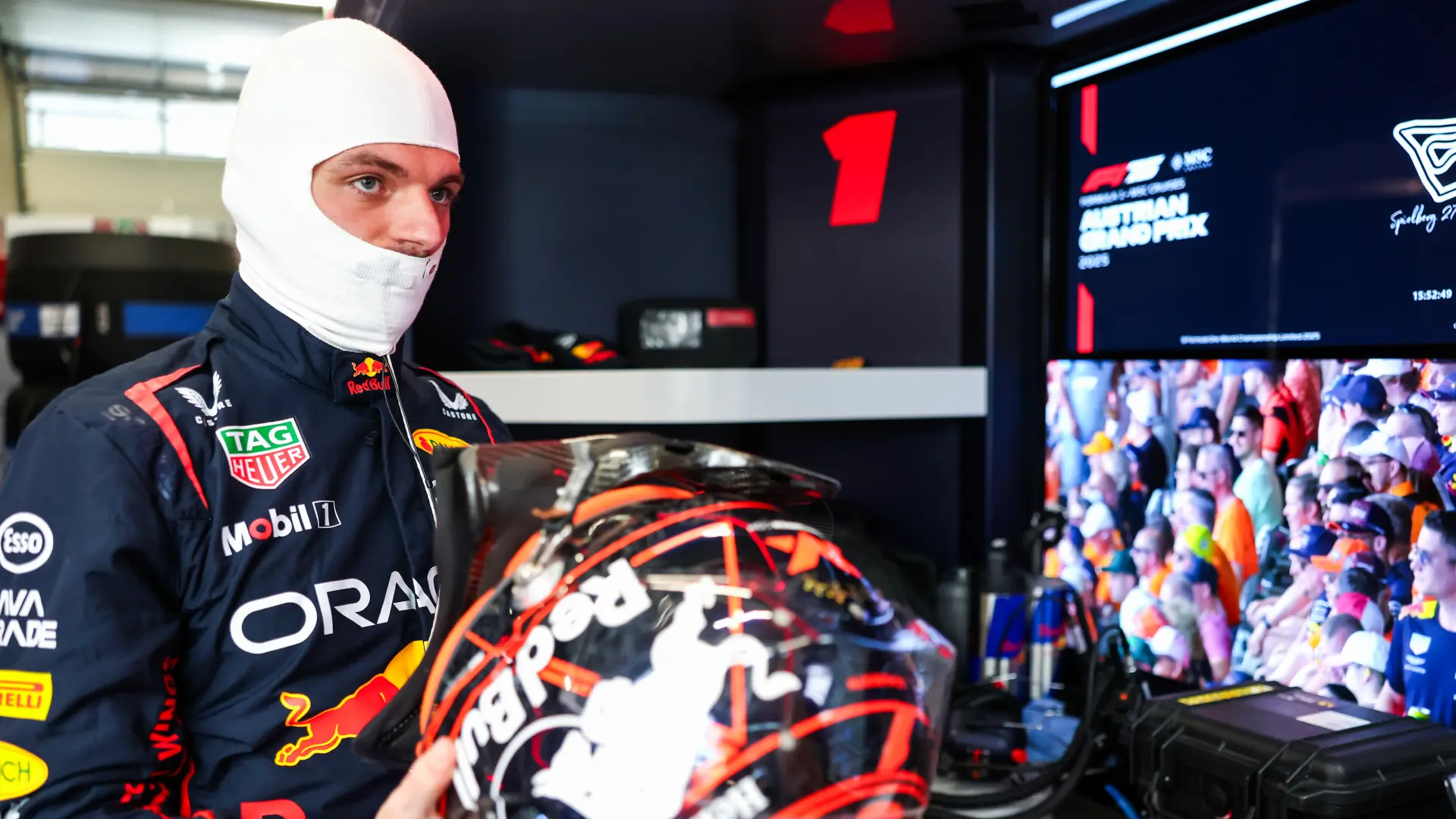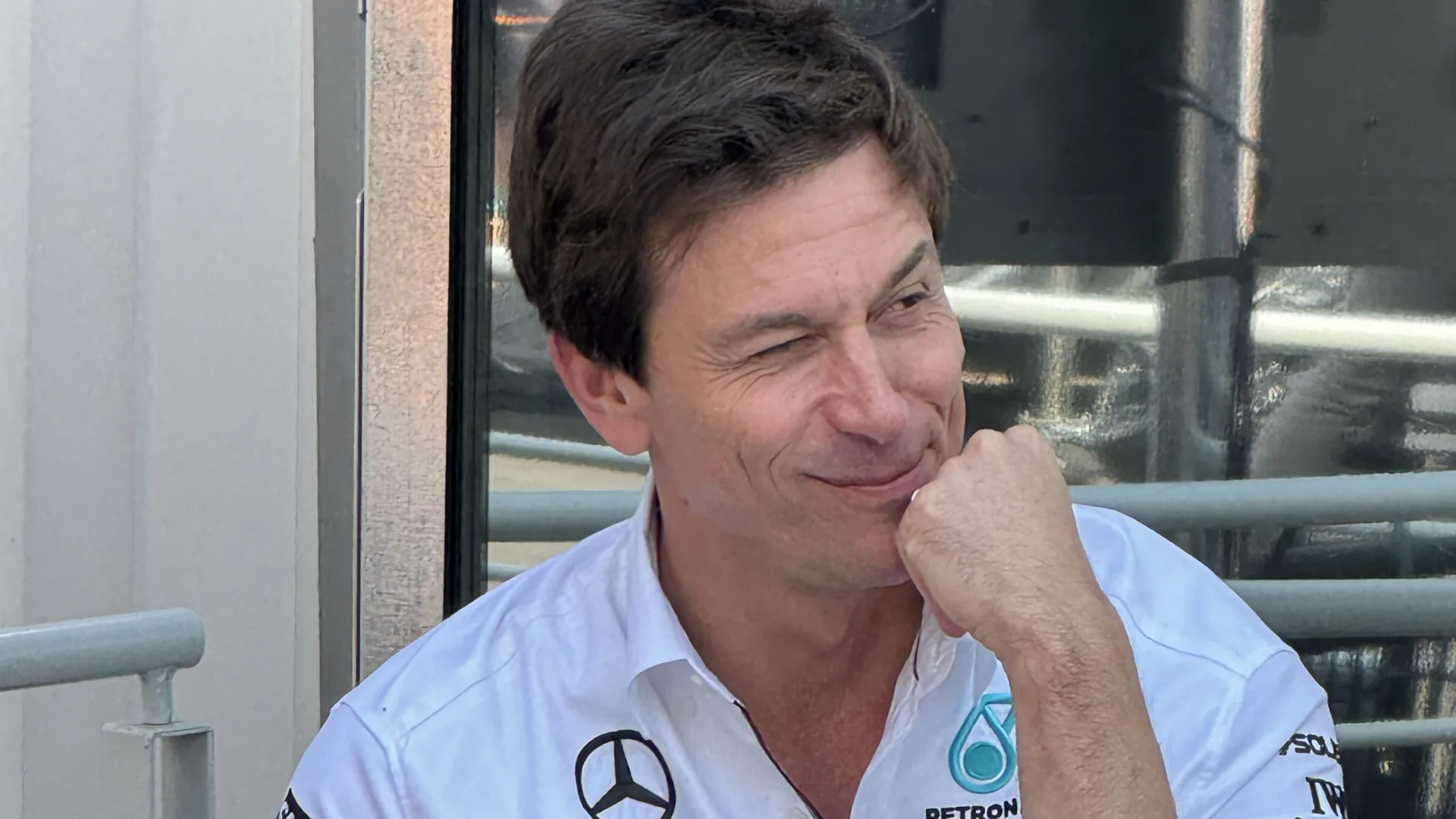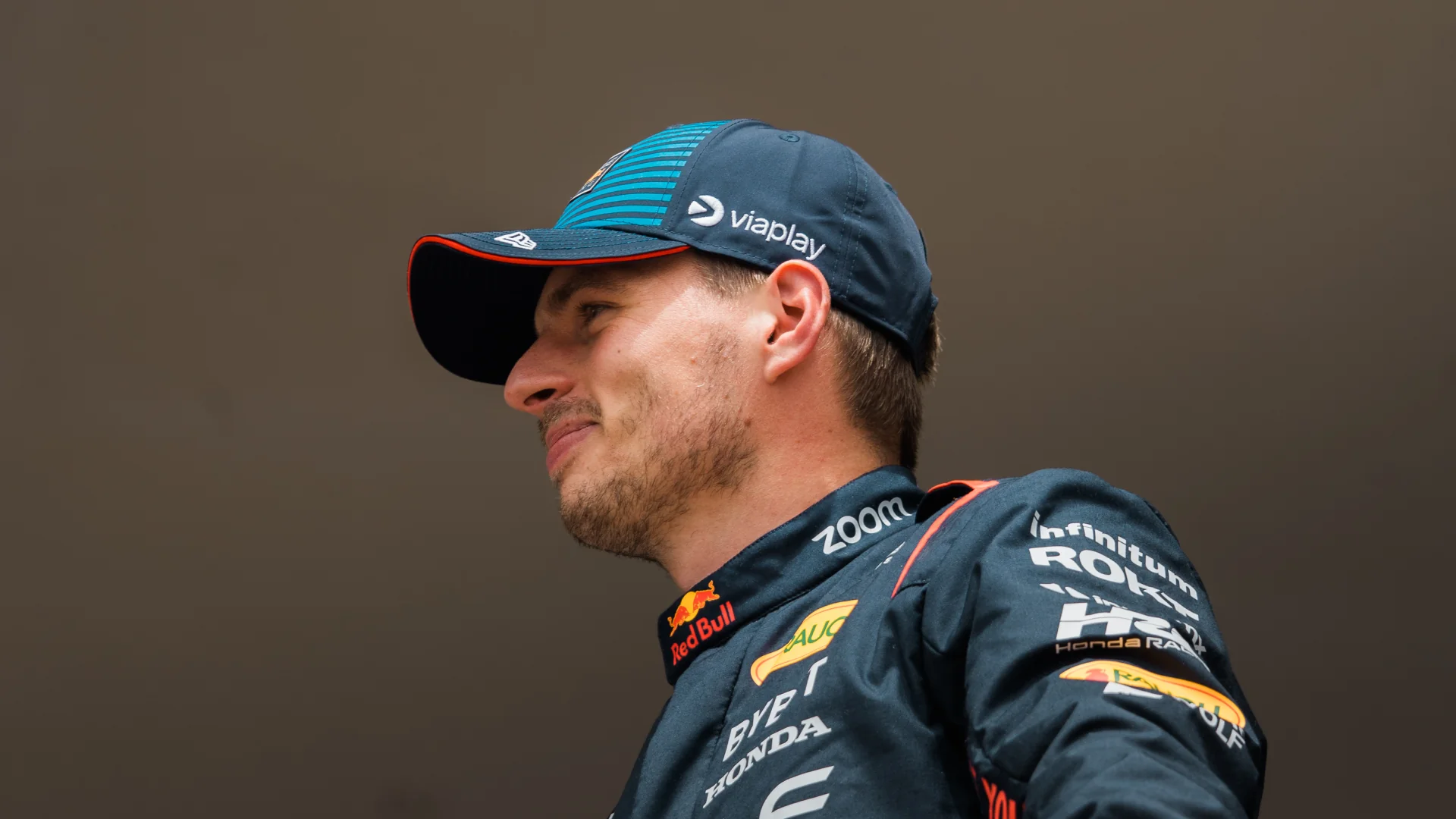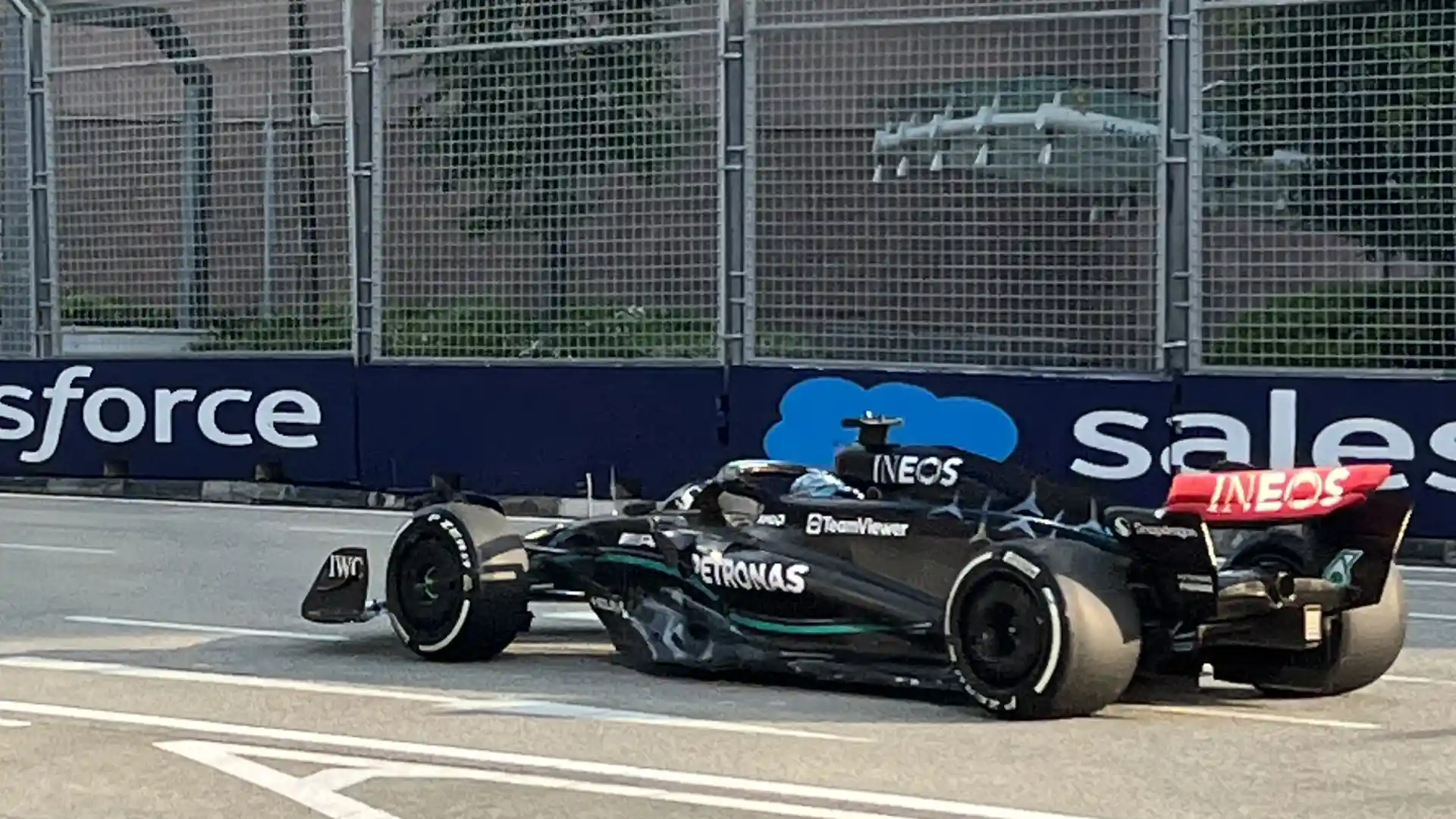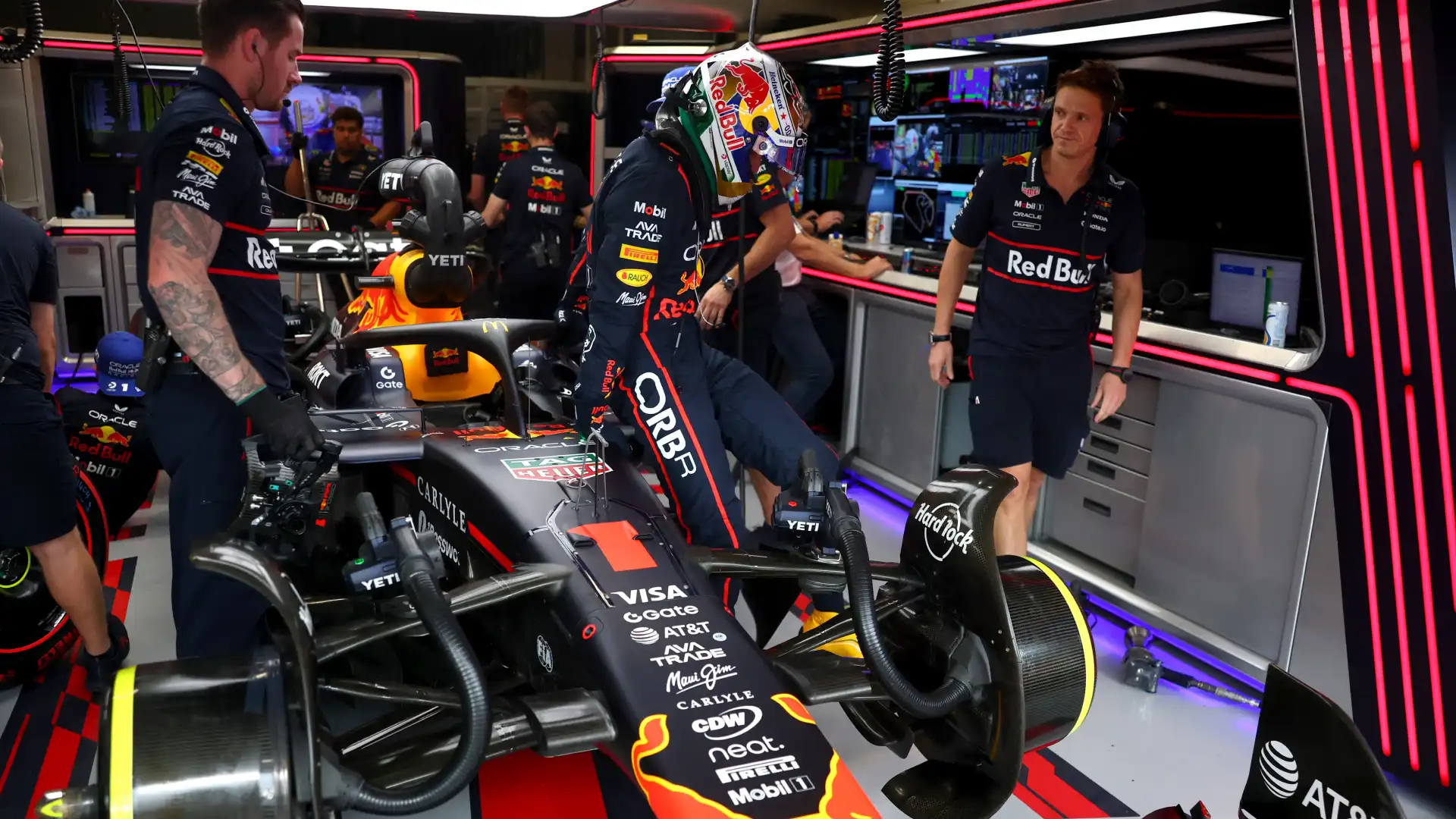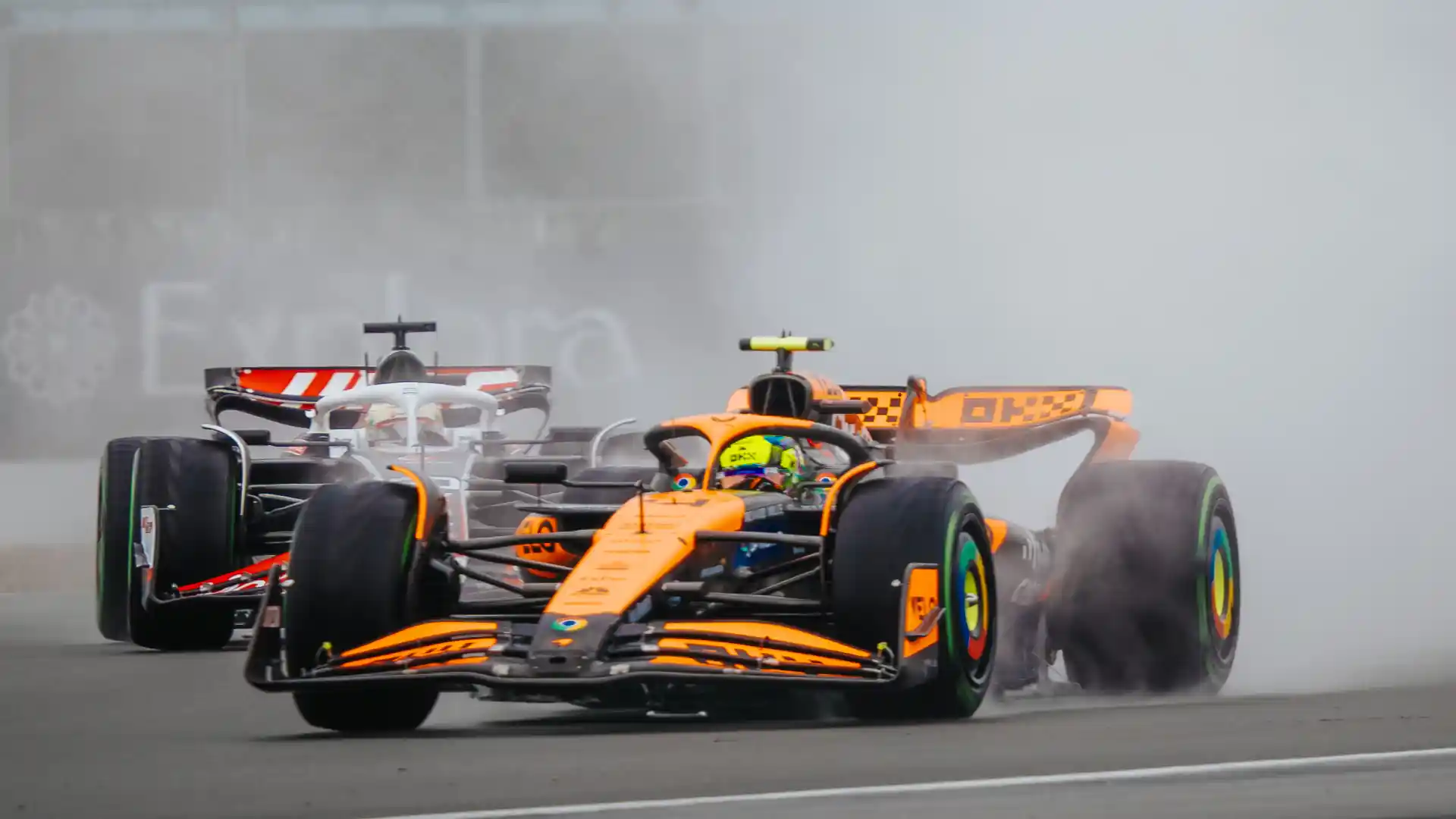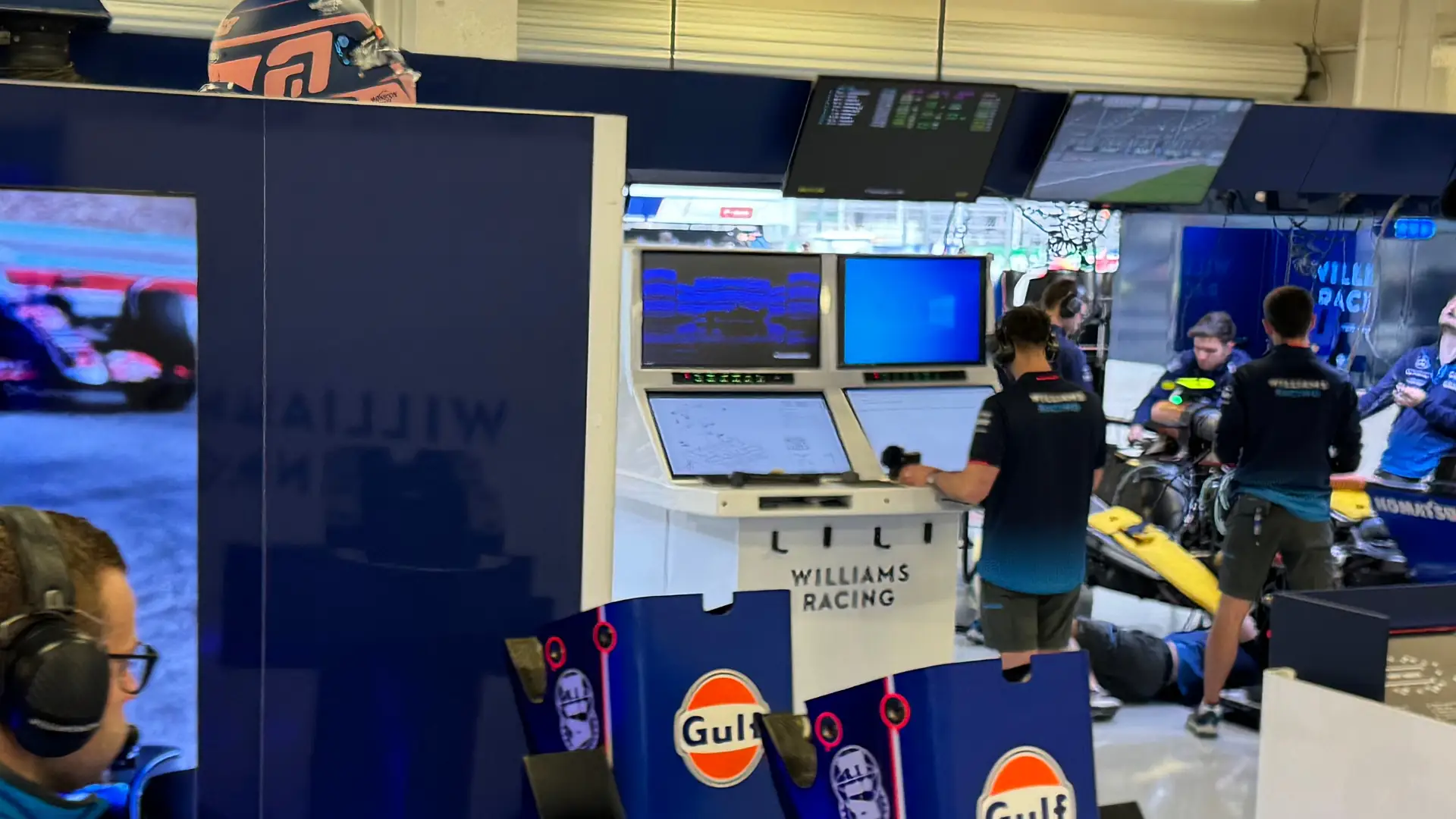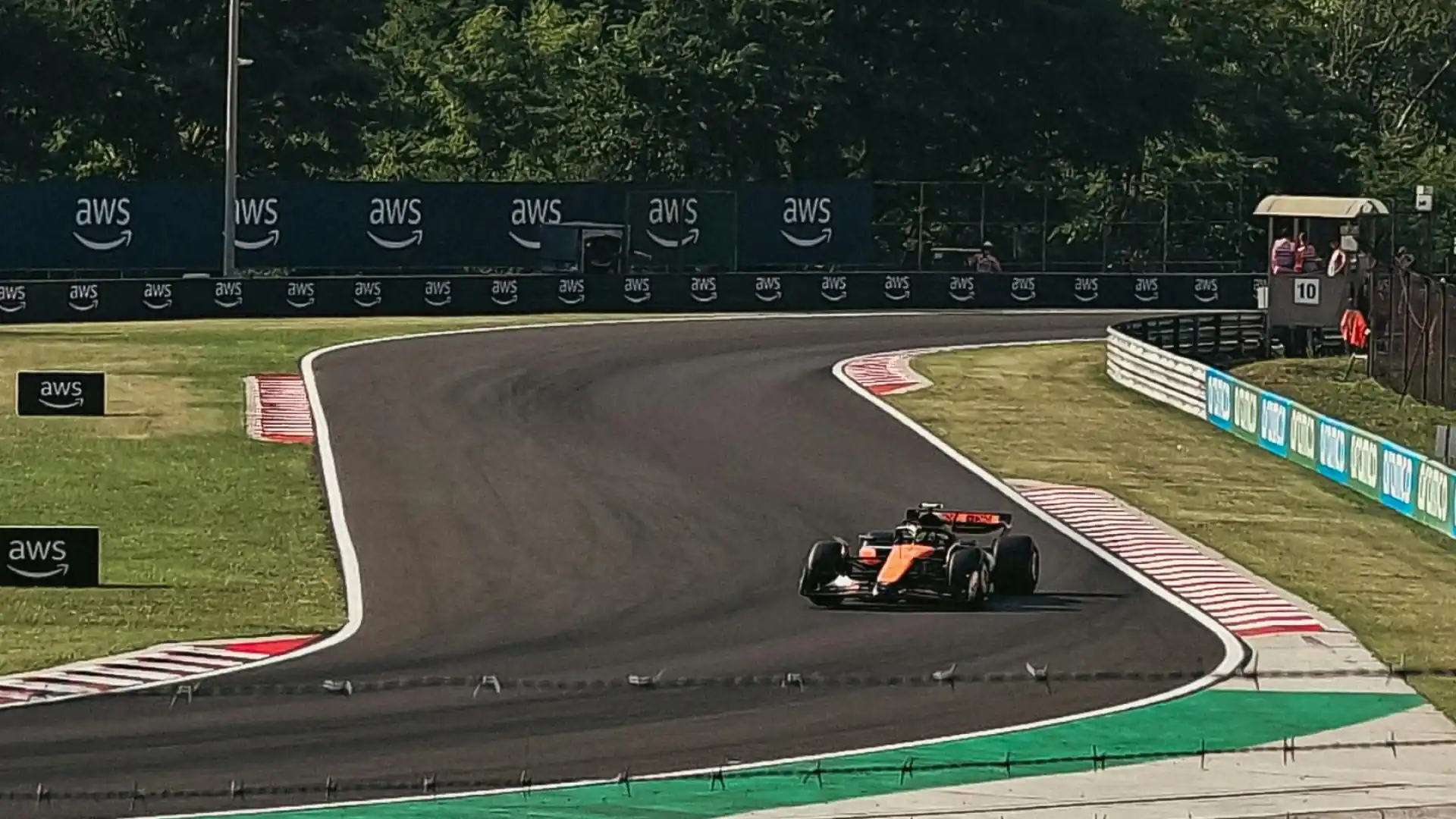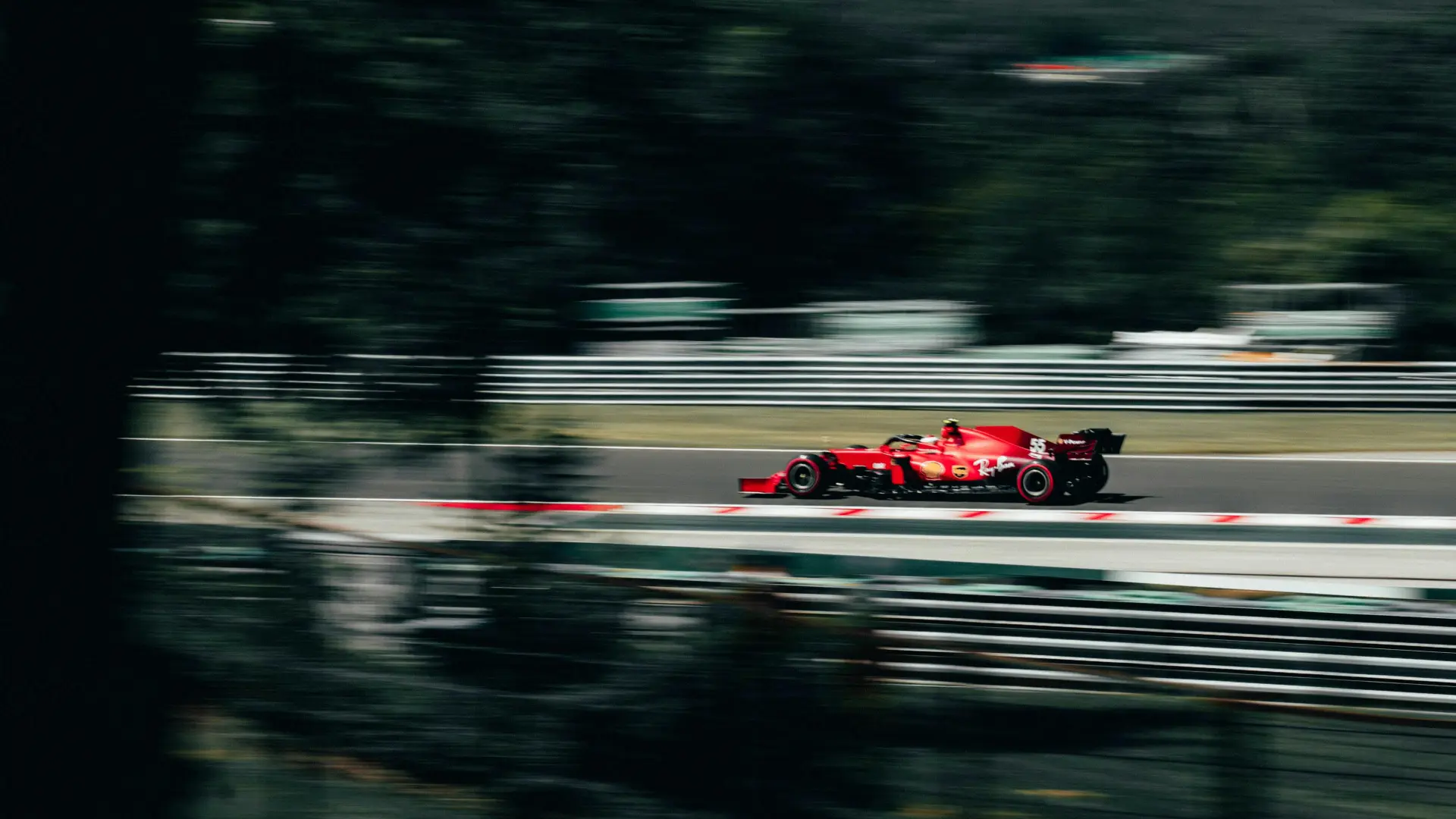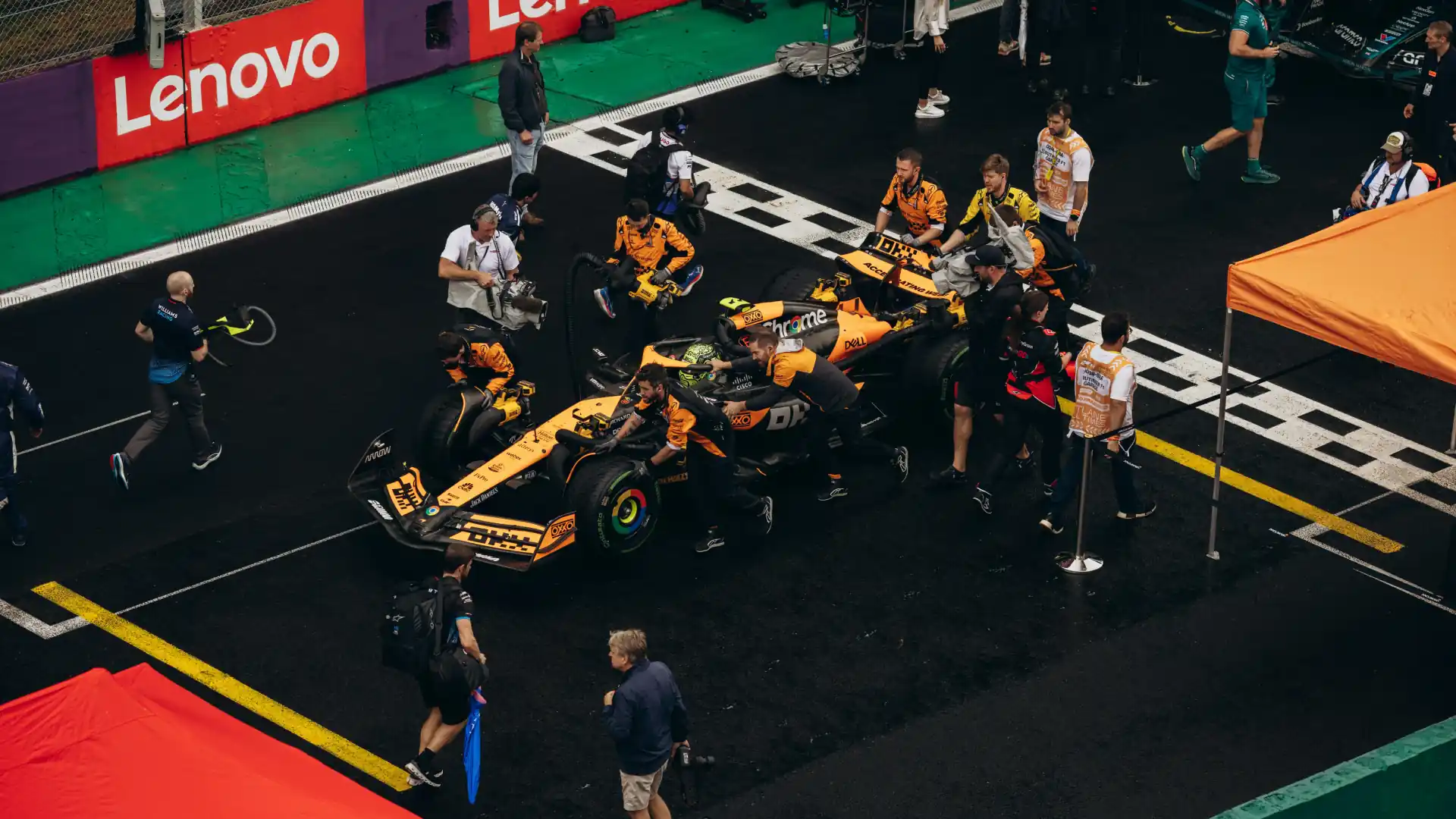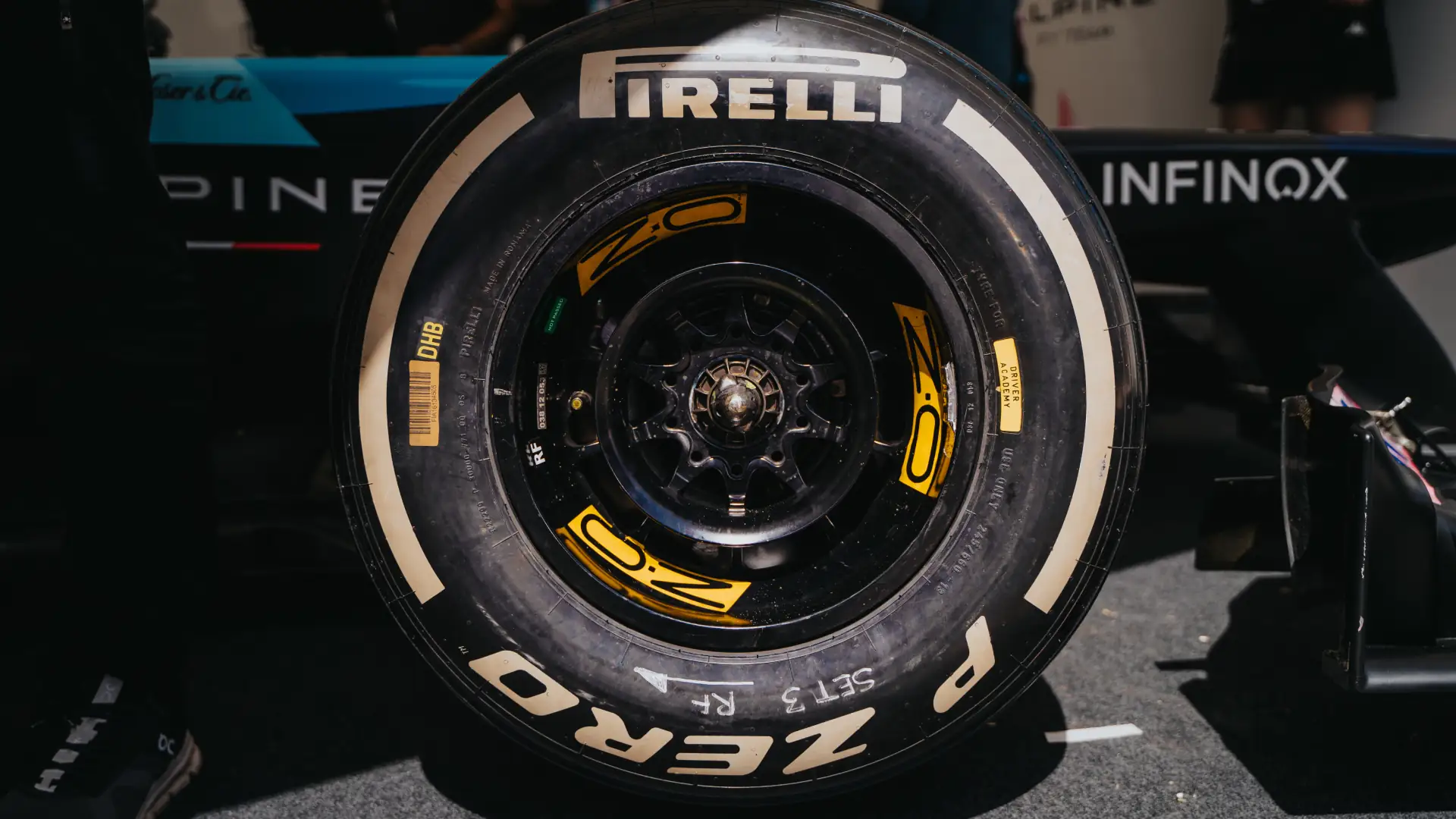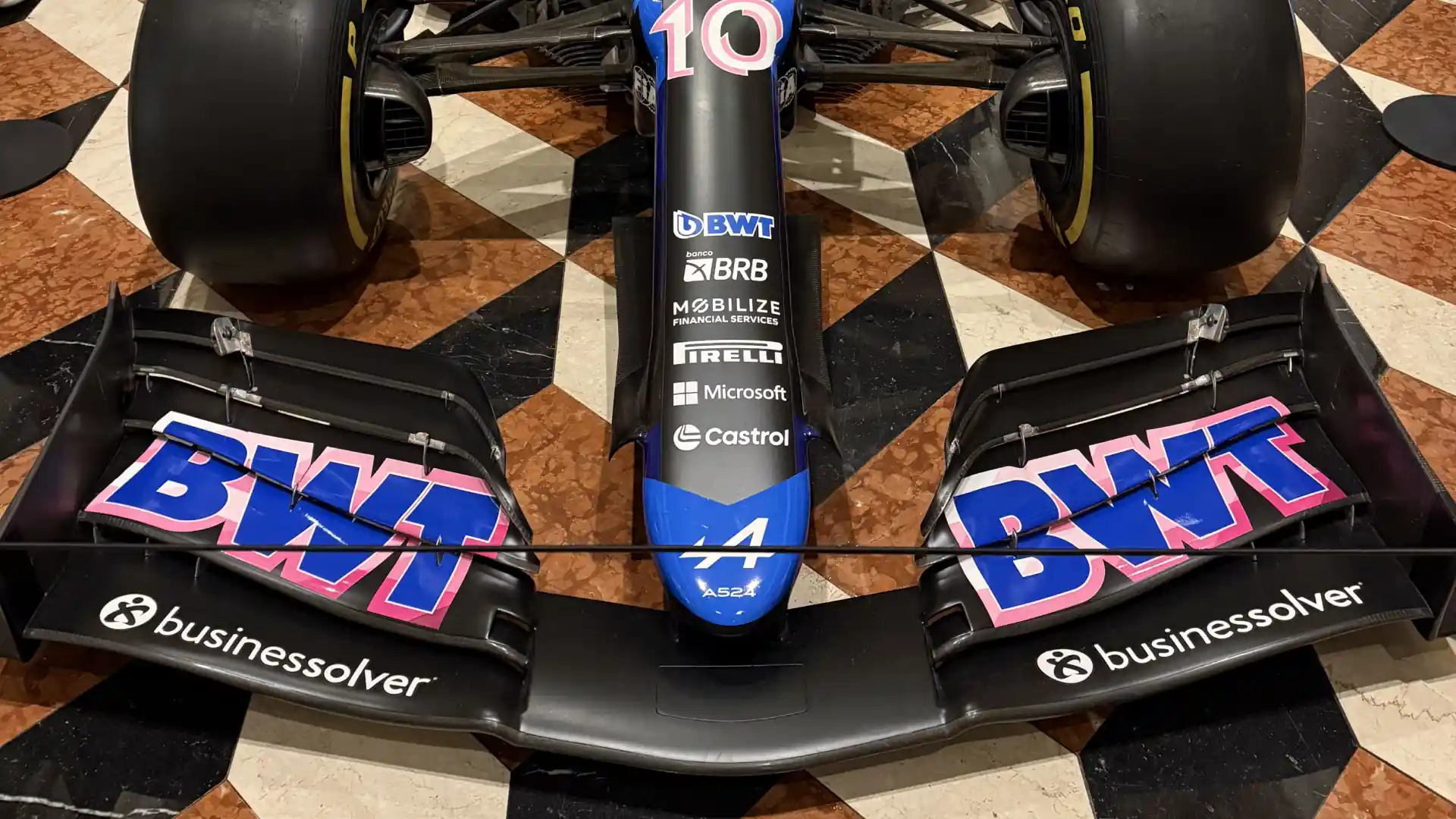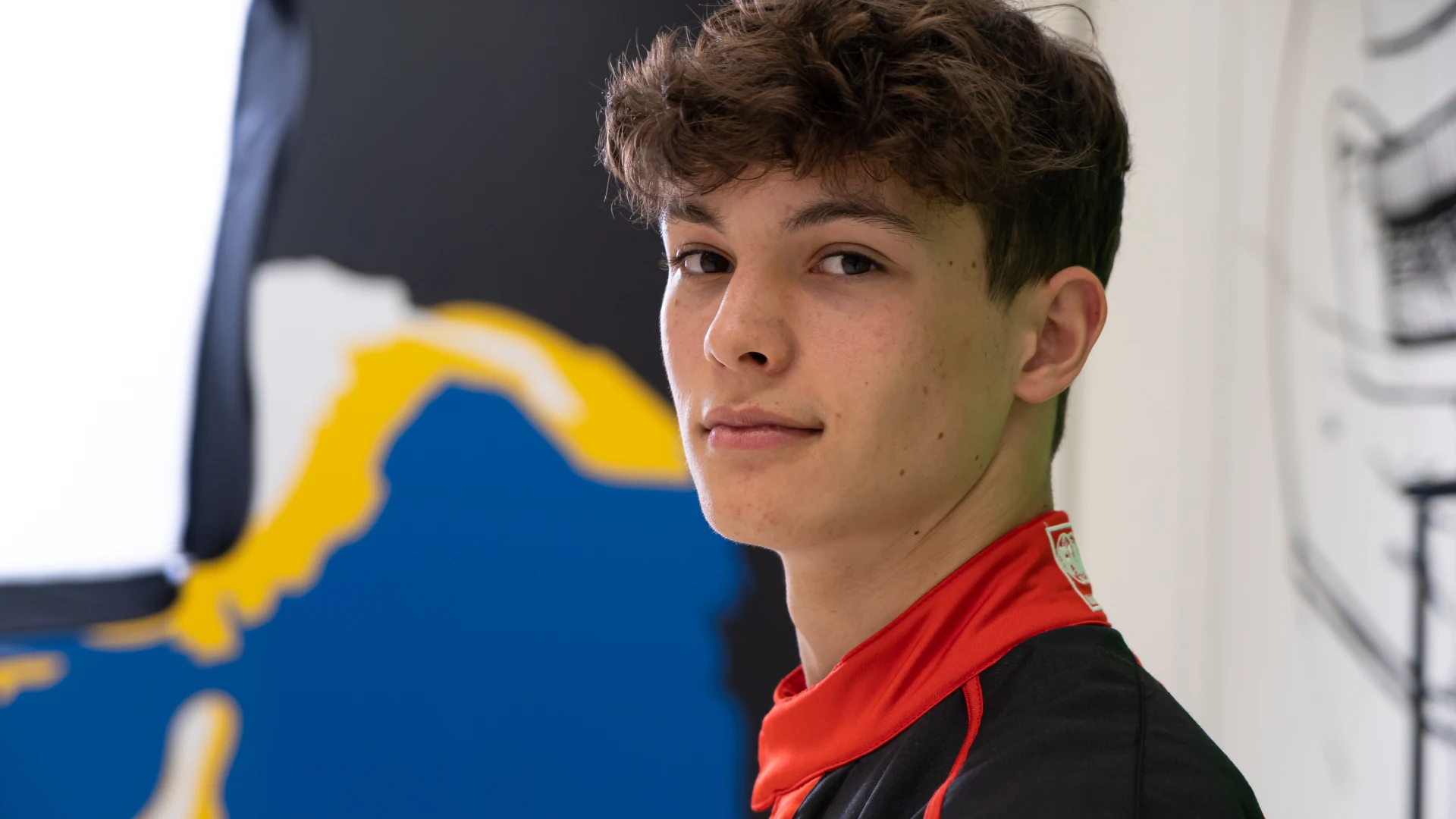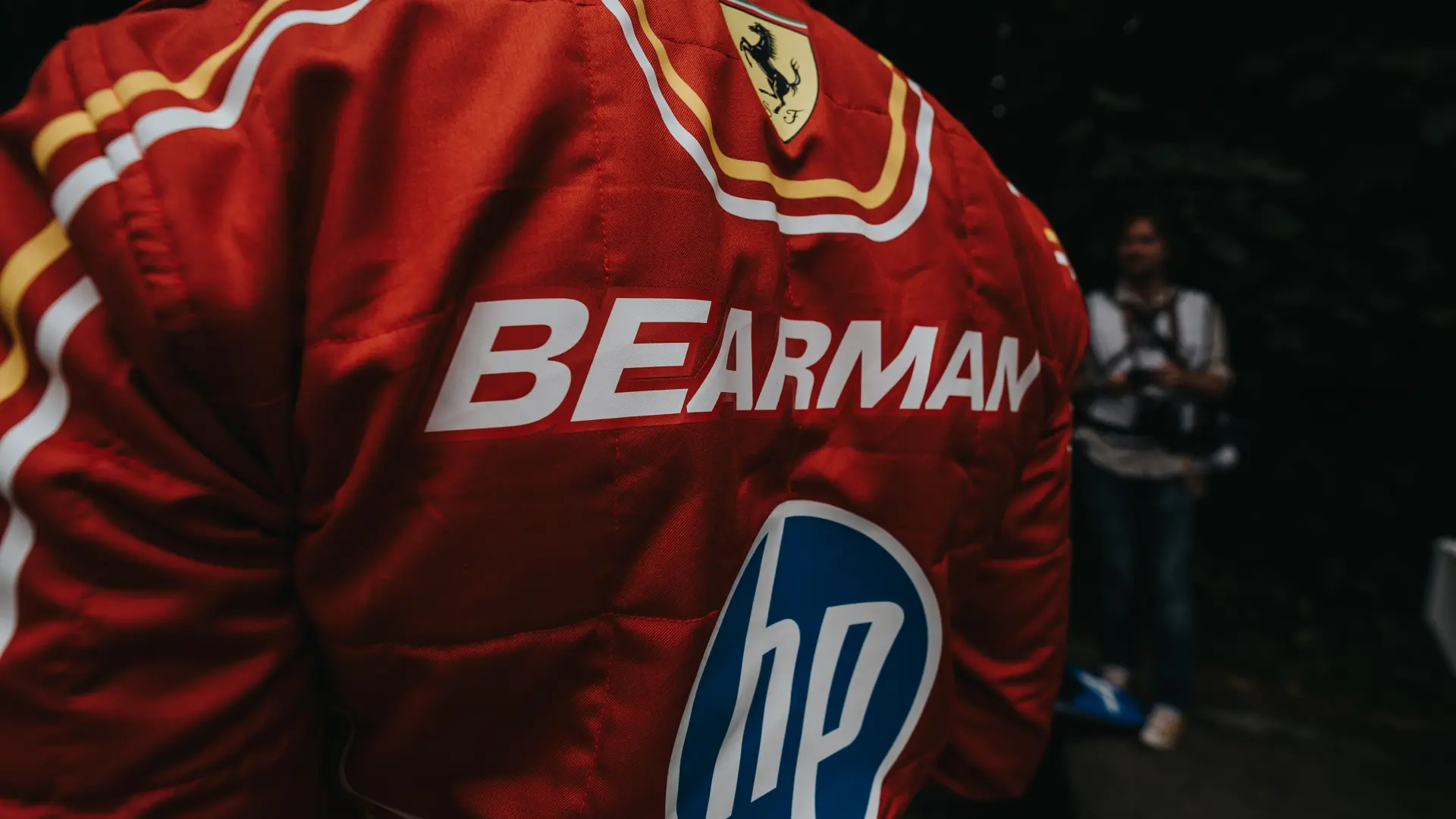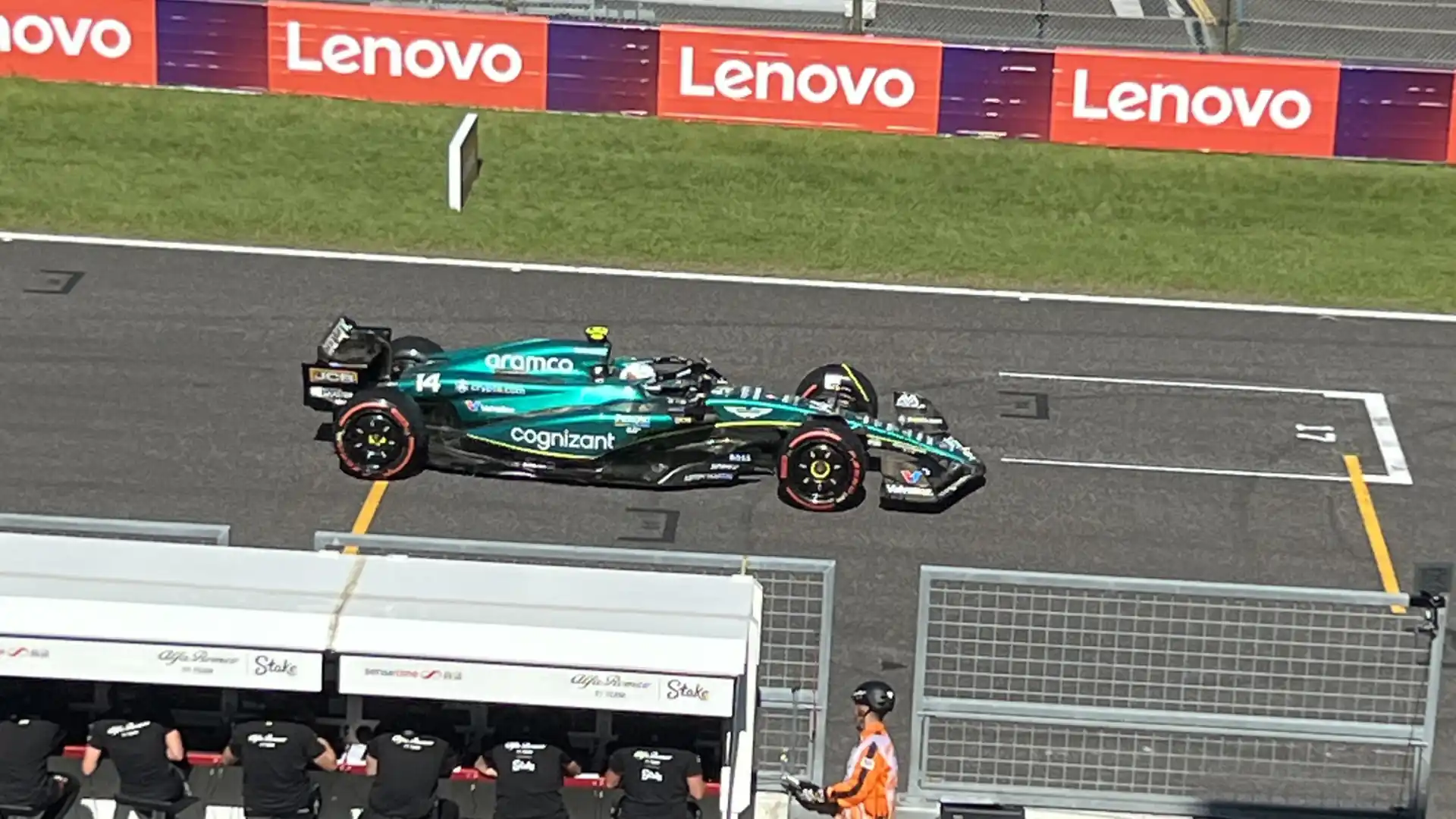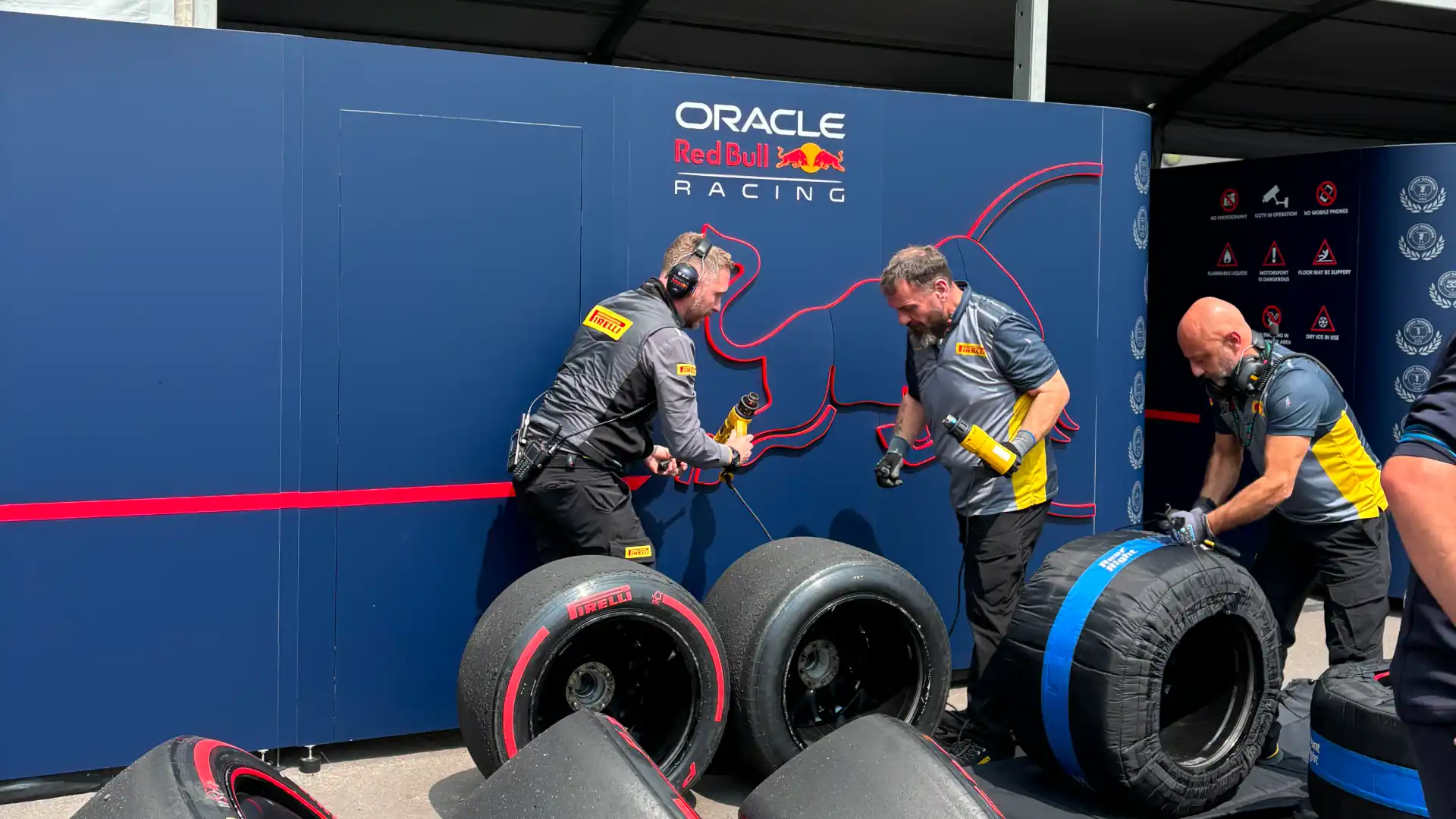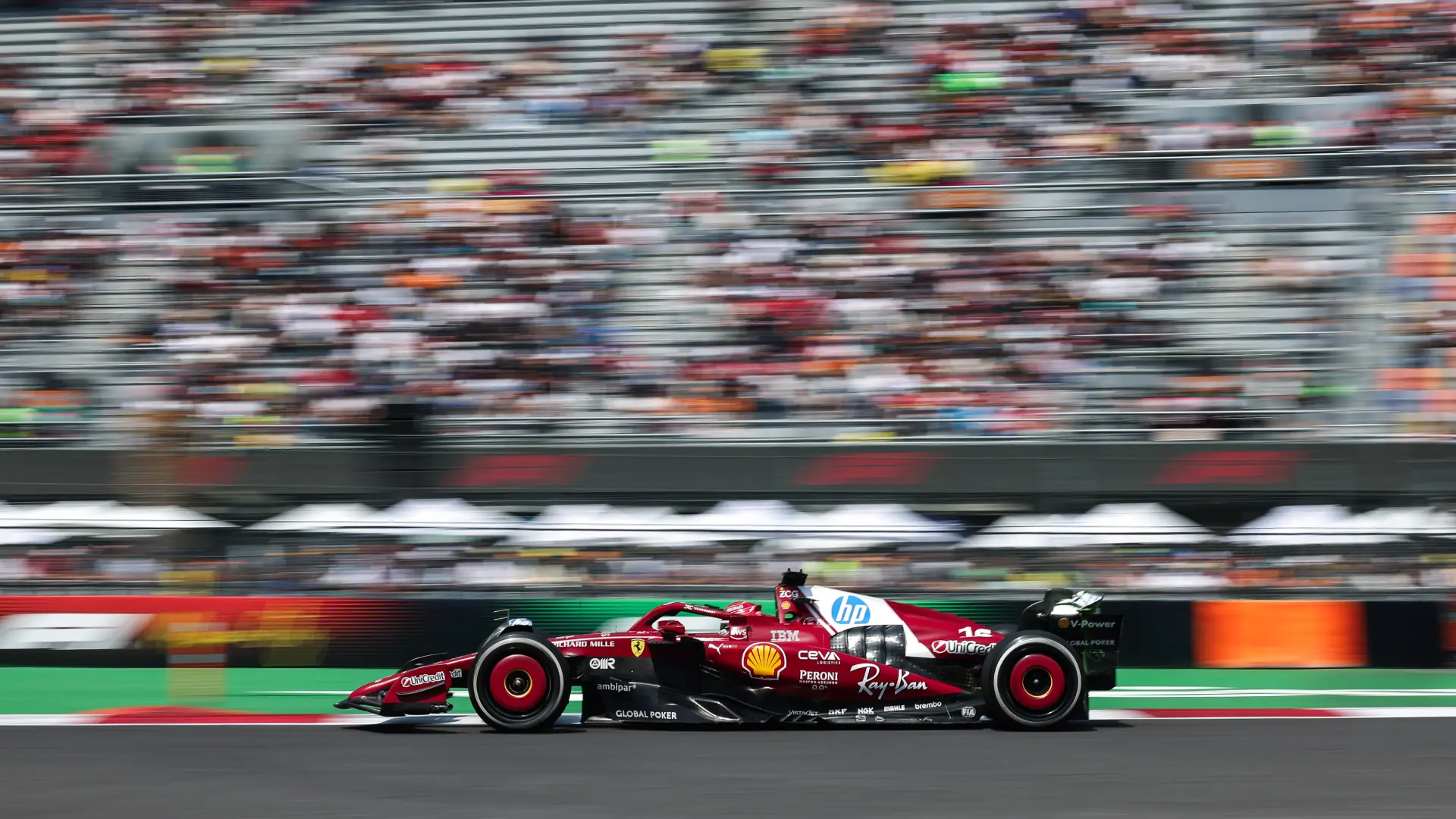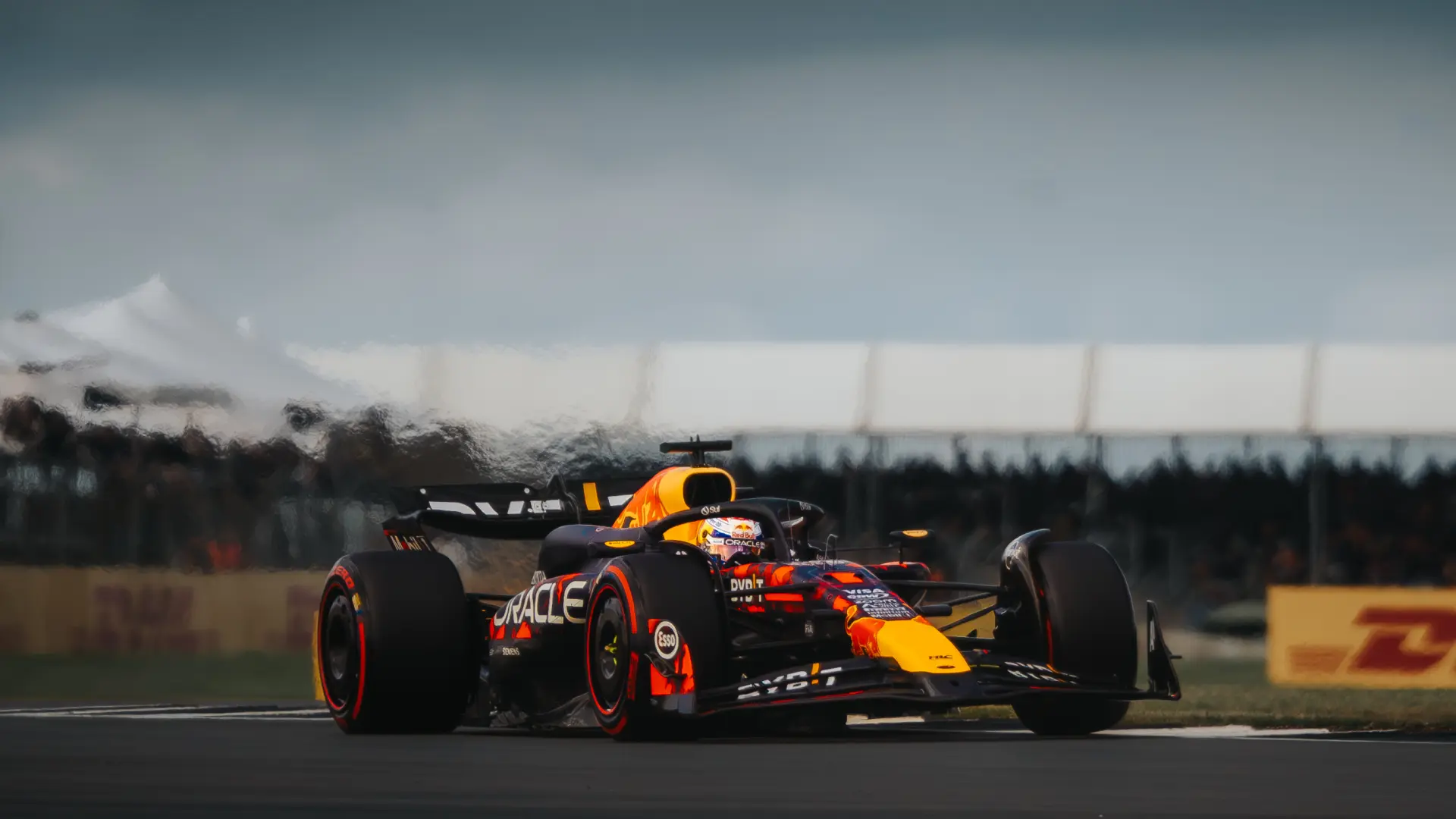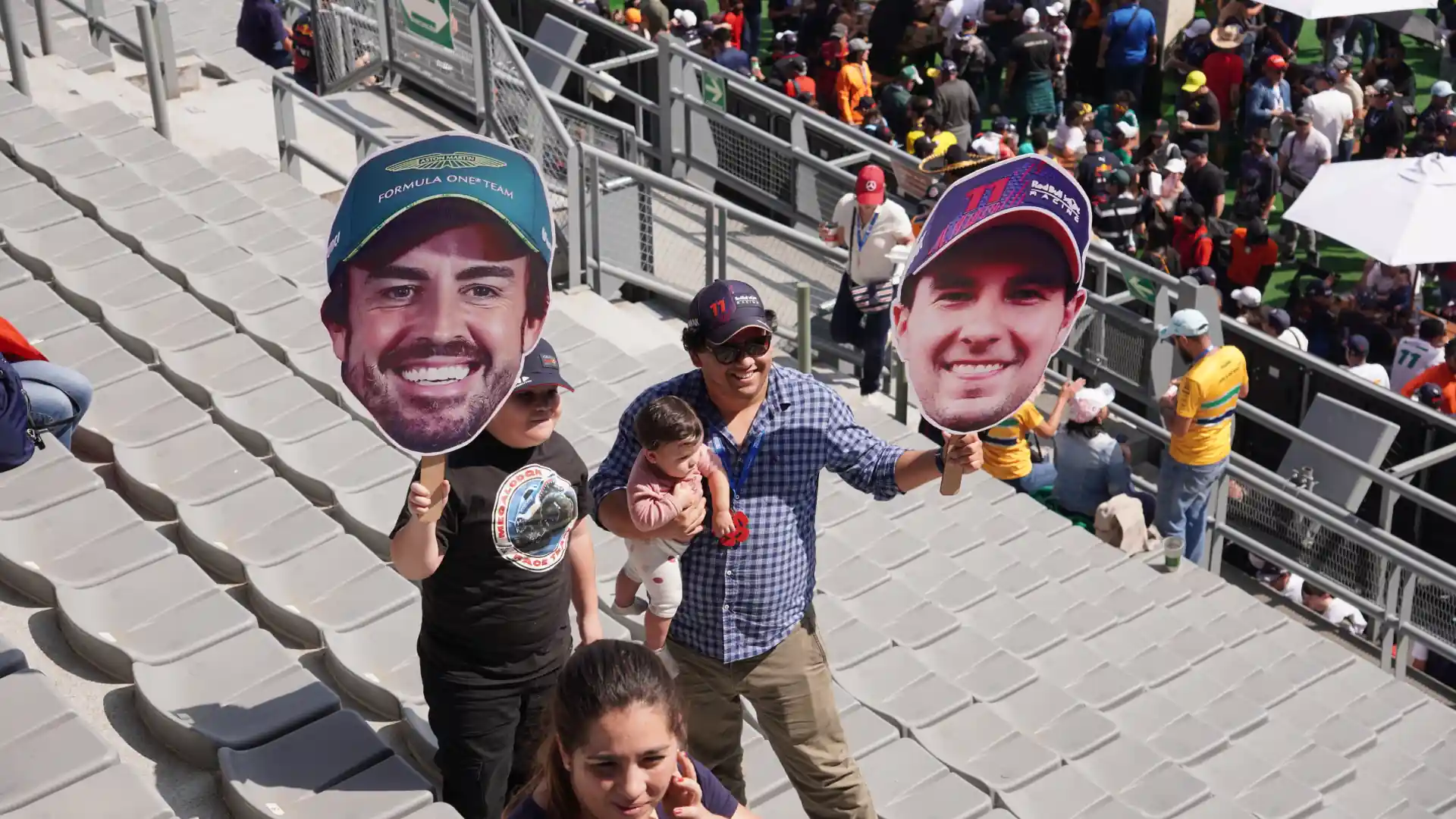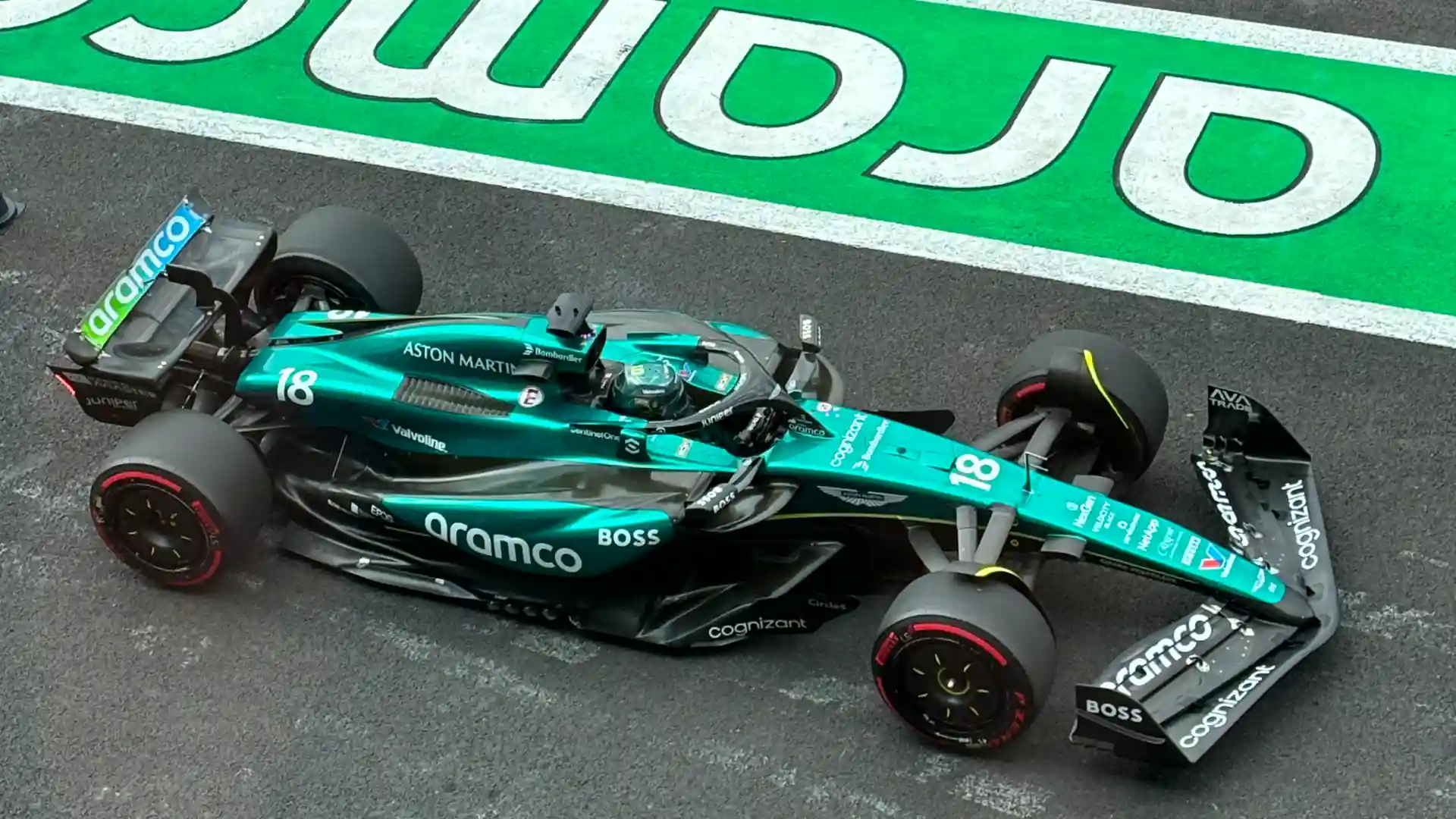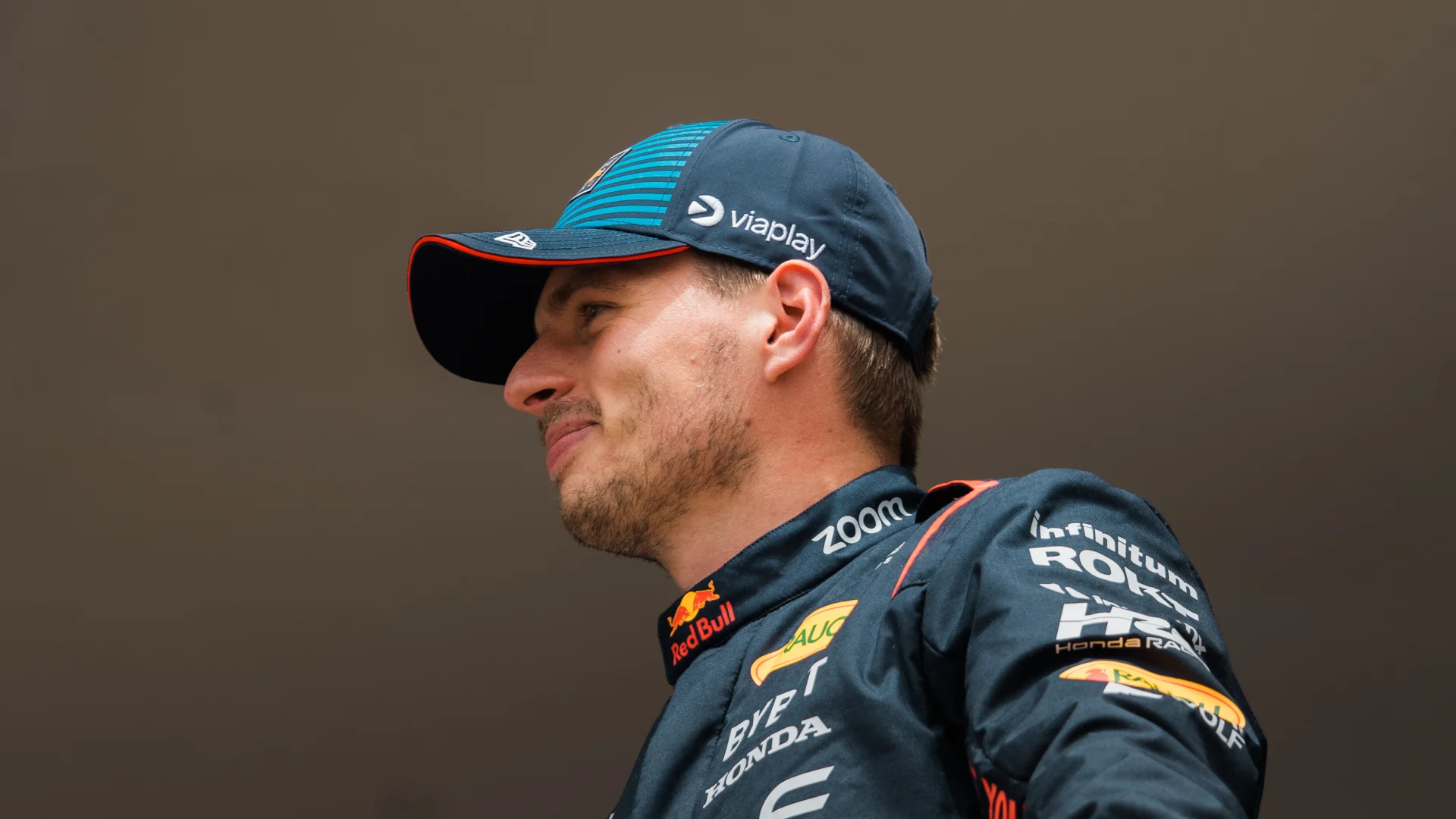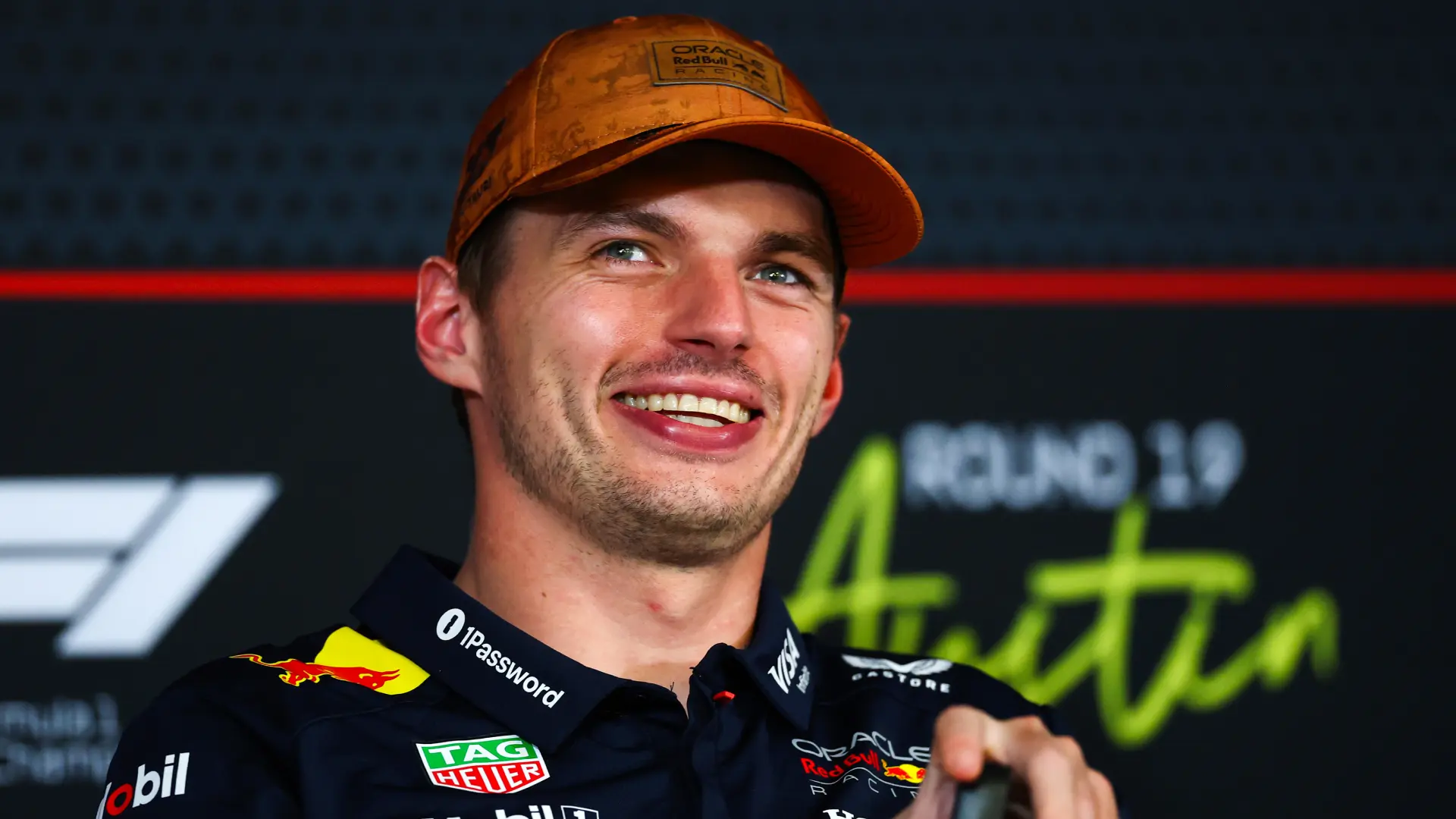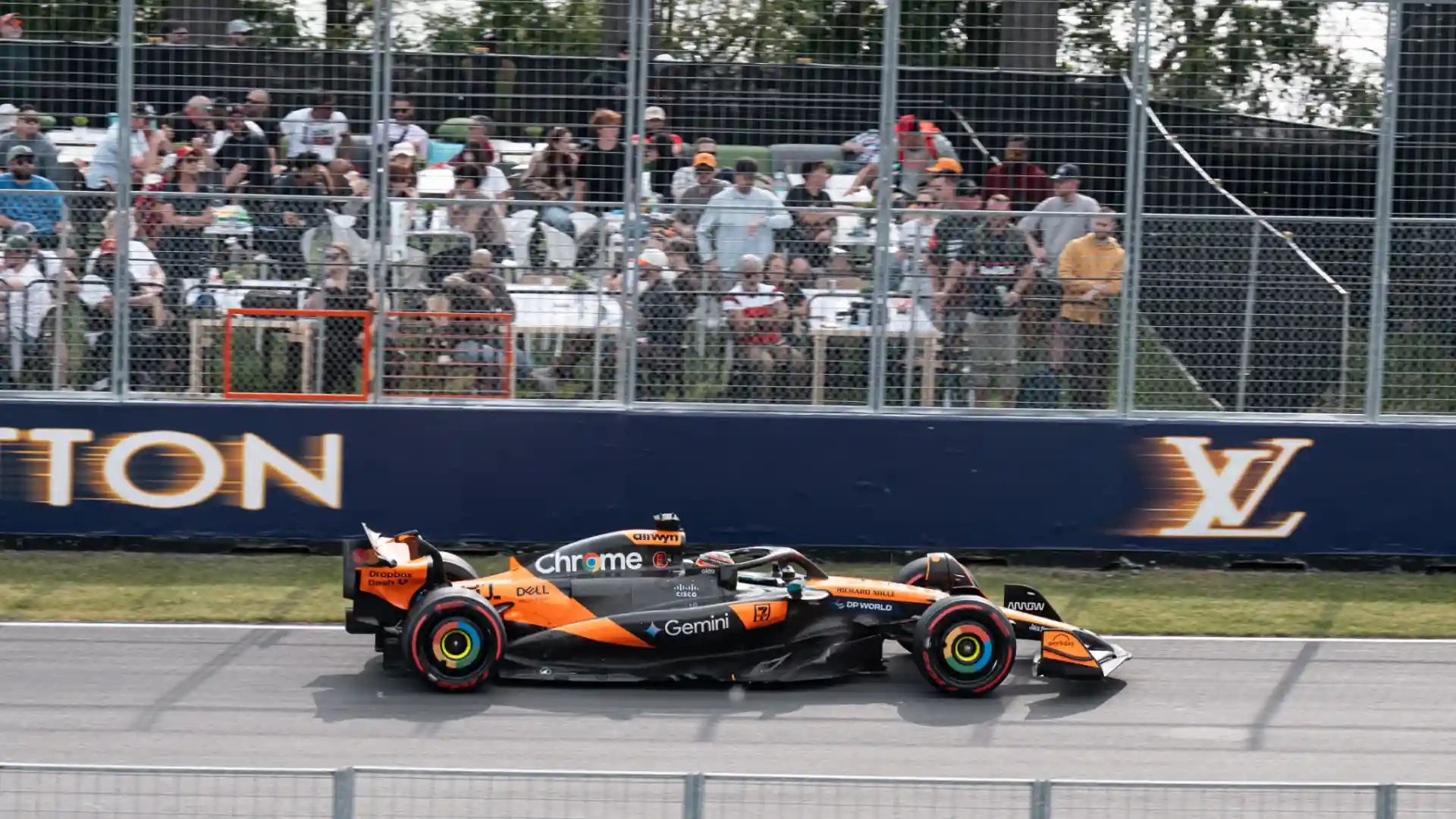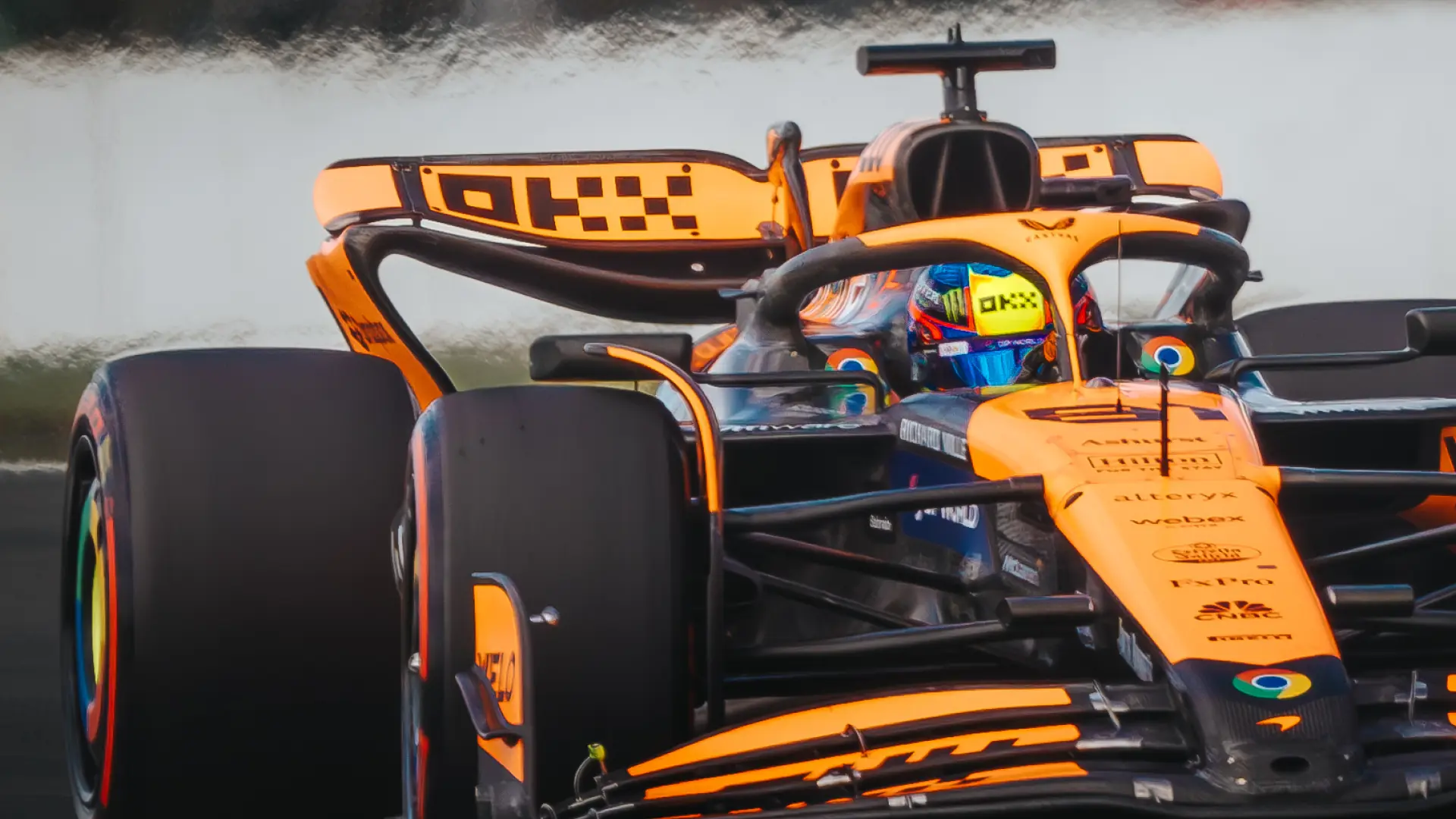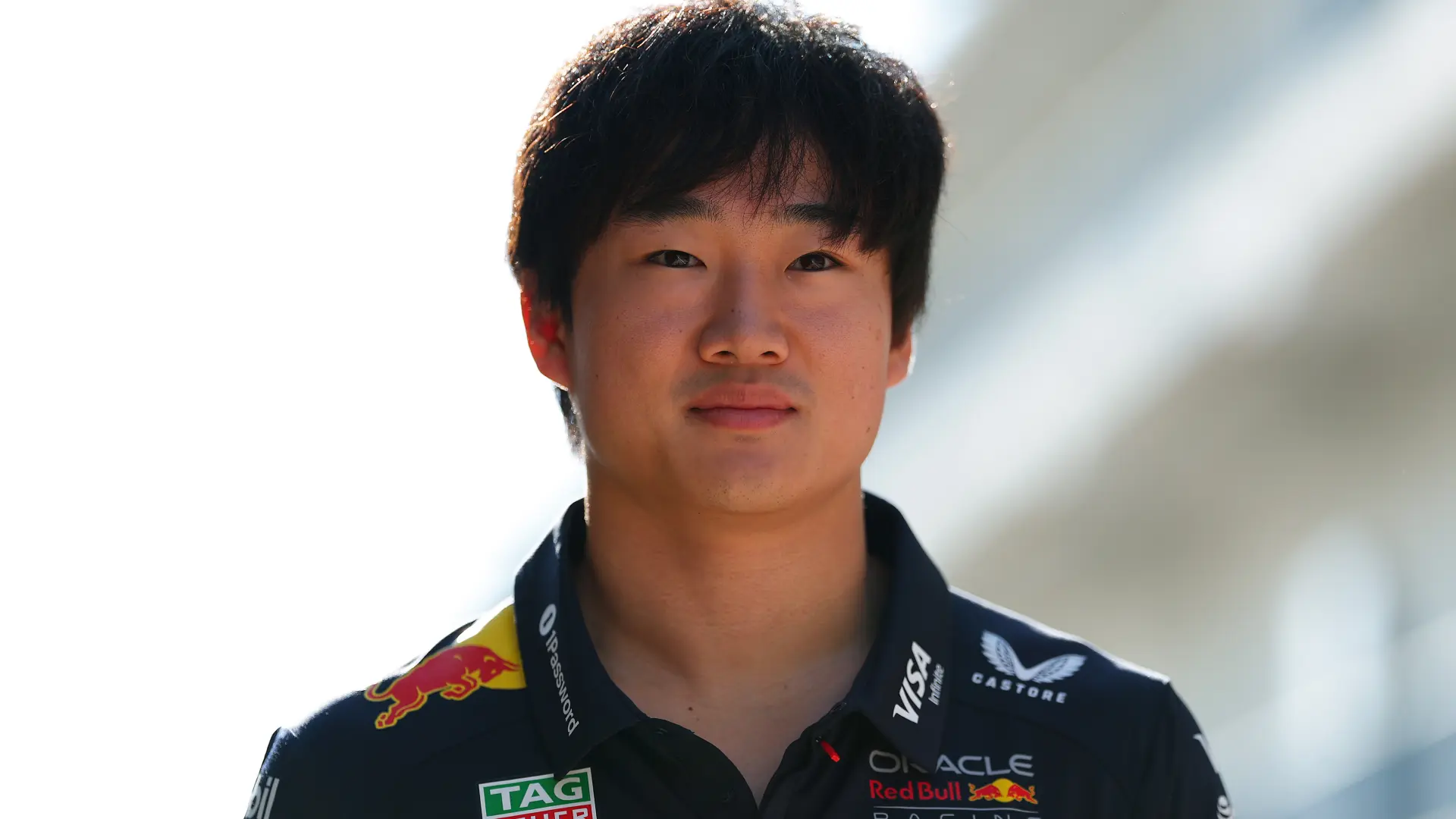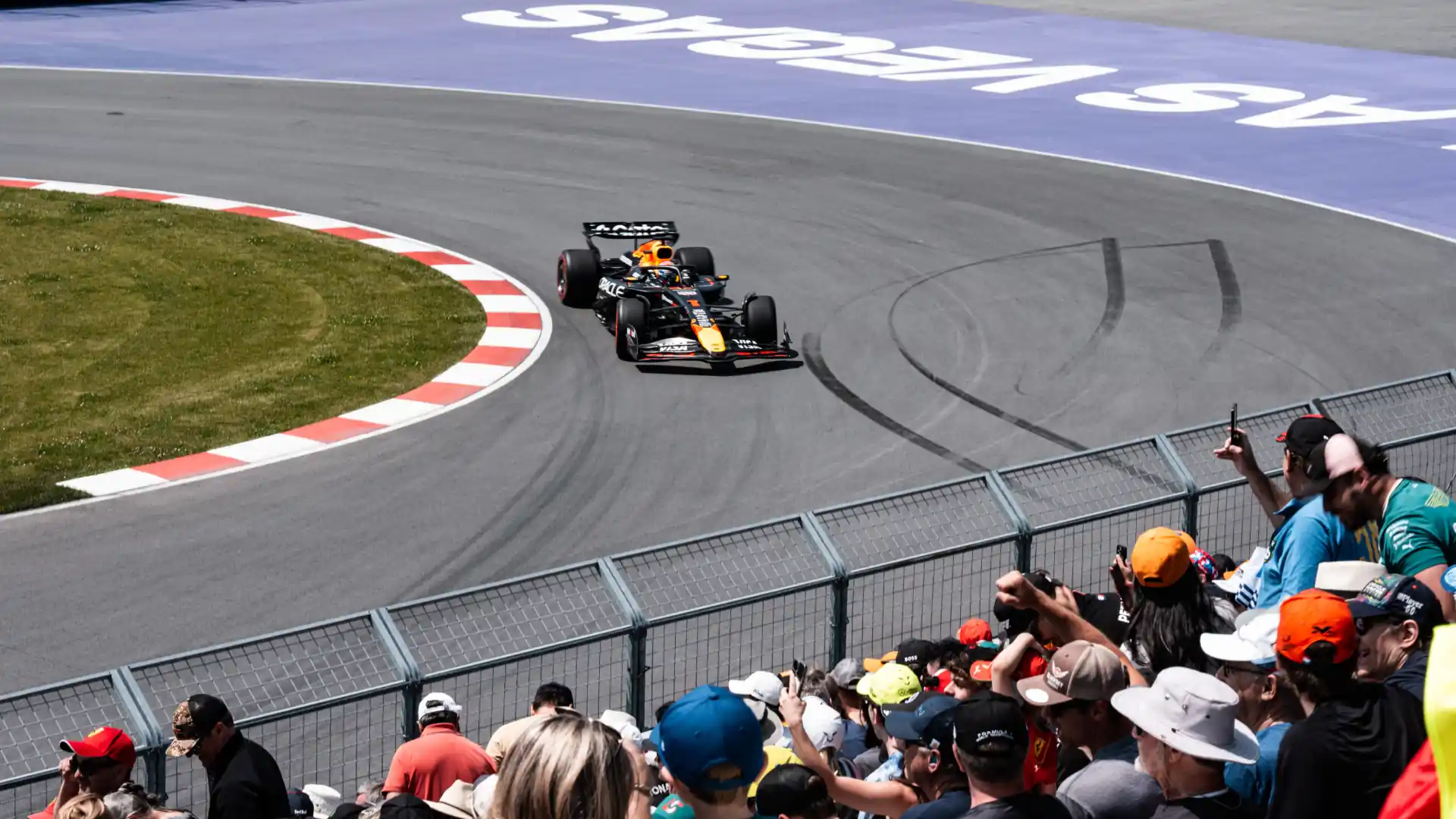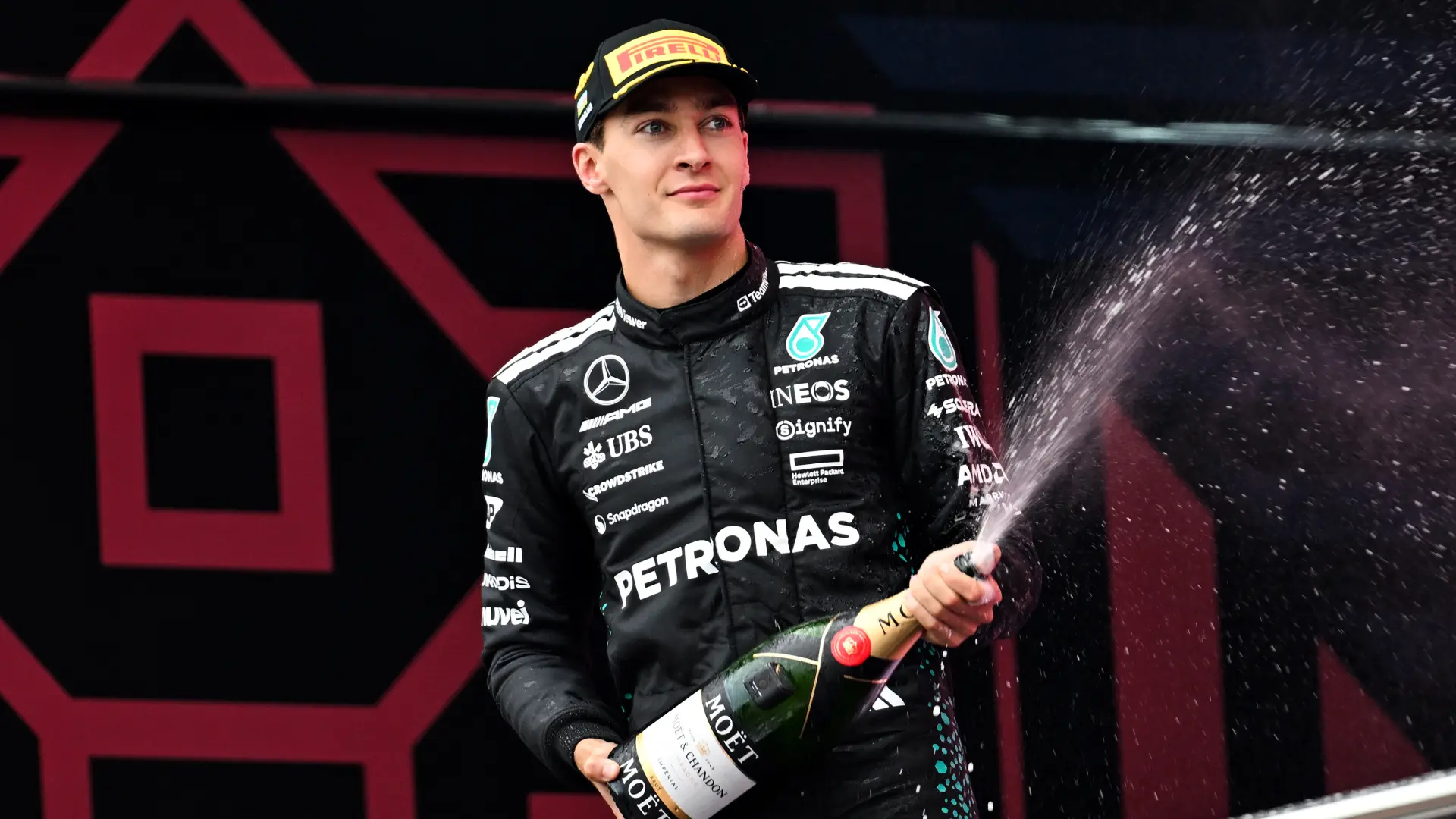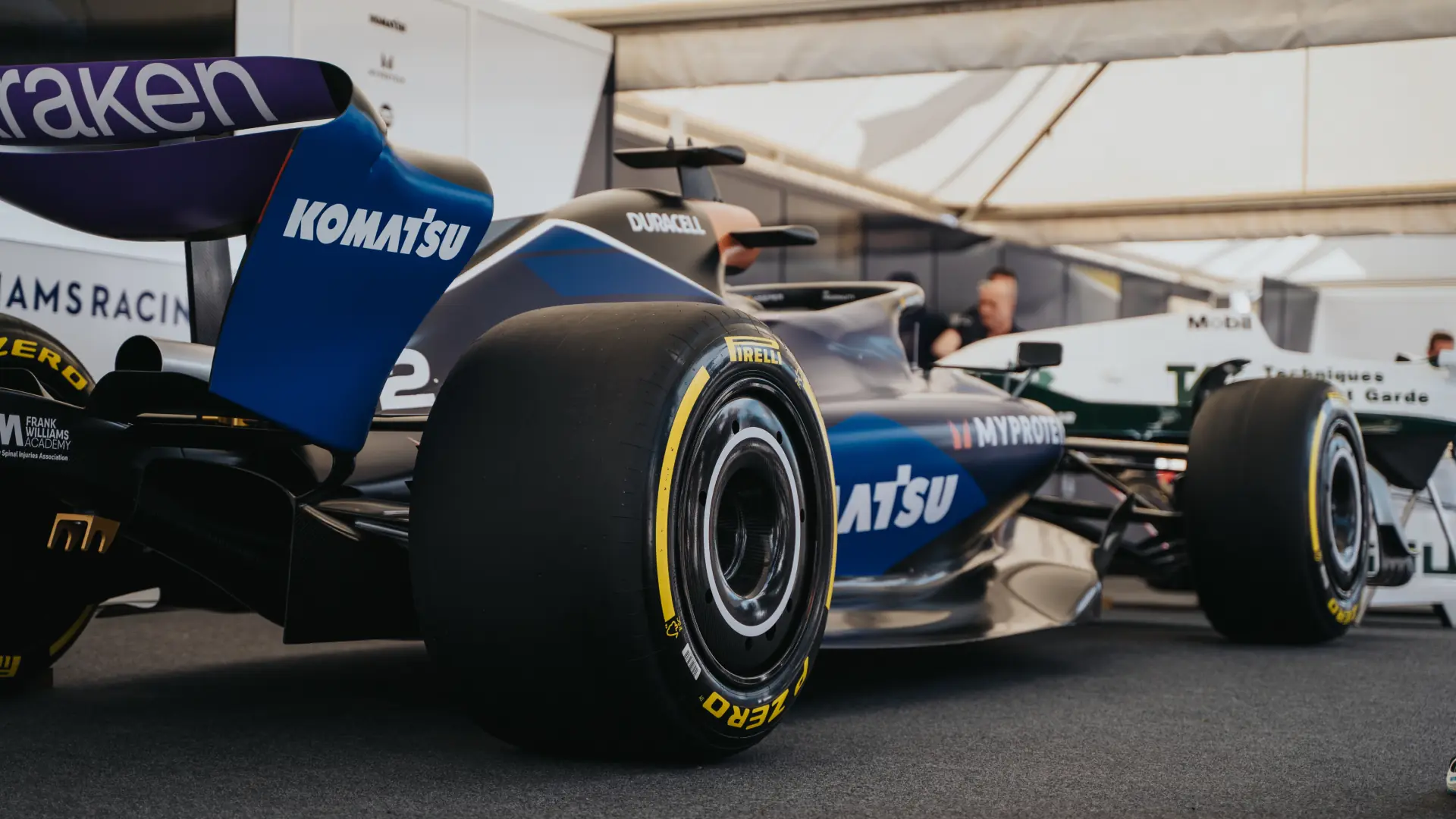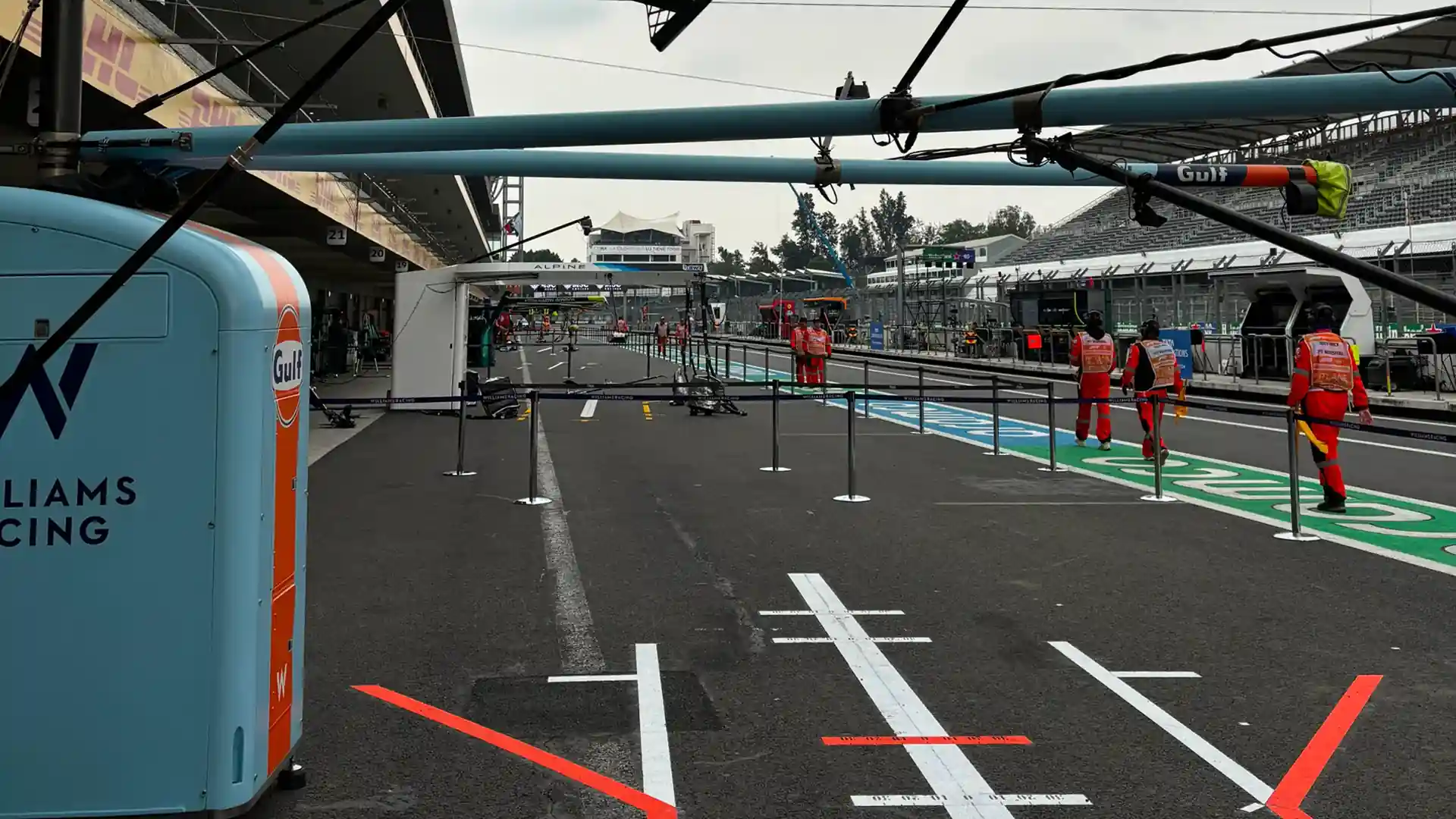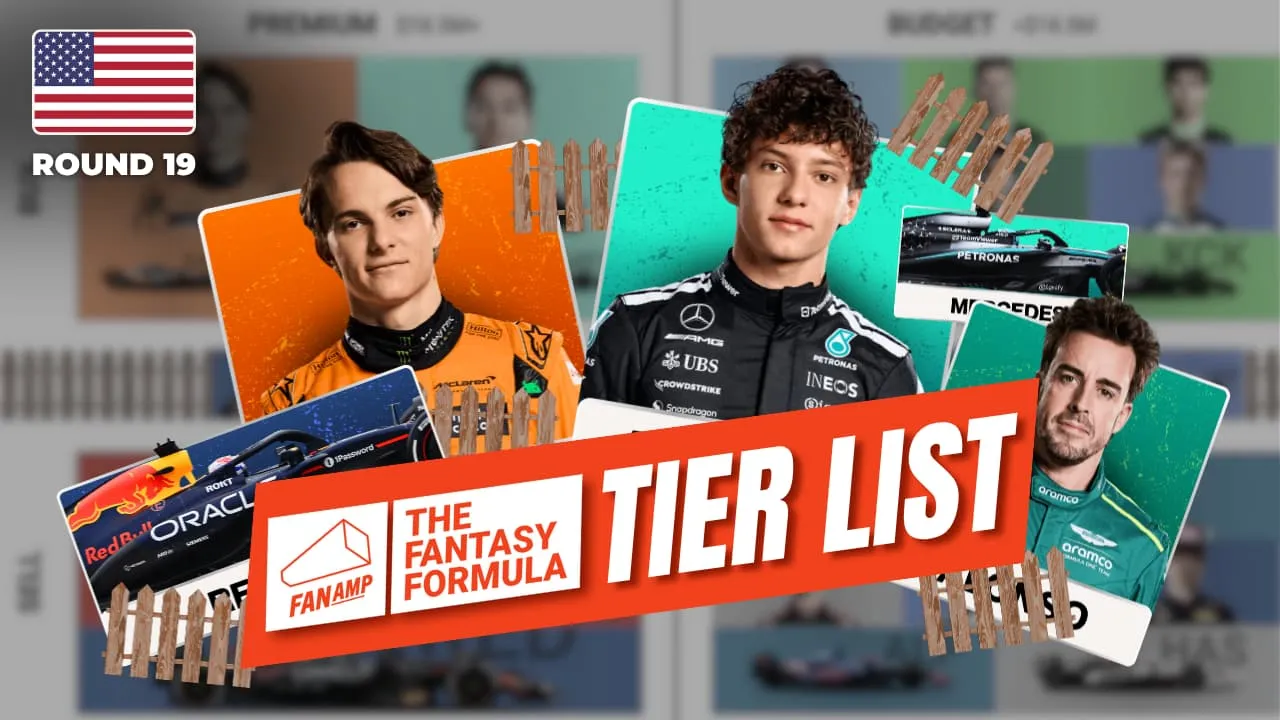F1 hit the big screen last week, bringing in Formula 1 fans and newbies alike rushing to see it. The film centers on Sonny Hayes (played by Brad Pitt), a 60 year old former F1 driver and current racing nomad taking on whatever competition strikes his fancy, as he finds himself being pulled back into the F1 World.
In its opening weekend alone, the movie grossed $167 million worldwide, and was seen by hundreds of thousands of people, including our team here at FanAmp. What did we think of the movie? Find out below!
A fictional formula
One of the biggest questions looming above this film was whether it would be able to appeal to hardcore F1 fans. We are a picky bunch and we love this sport dearly so the bar was bound to be set high.
“Overall, I thought it was good, but I found it personally difficult to separate the reality from the fact that it's a fictional movie,” said Logan Fung, FanAmp’s marketing champ and trackside interviewer.
“The story was hard to believe in,” CEO Greg Kallman pointed out, “with the team constantly crashing on track to make it into the points, and with Martin Brundle’s very heavy-handed explanations of each issue to ensure viewers knew exactly how the plot would progress.”
Indeed, the film definitely takes the F1 sporting and technical regulations and throws them out the window from the get-go. Anyone familiar with the sport will immediately be able to pick up on unbelievable plot lines, strategic calls and race outcomes. But for a summer action movie, maybe that’s okay.
“The plot itself is unrealistic, but it's done in a very campy, fun kind of way typical of Hollywood action movies,” said FanAmp journalist, Misha Husic. “My favorite parts were the racing scenes. The cinematography and all the visuals were absolutely incredible, and it made me really want to watch an actual F1 race in movie theaters.”
And this is where the film truly shines. Filmed for IMAX using Apple cameras specially designed to be fitted onto the cars directly for a fully immersive experience, F1 truly does bring the track to life via the big screen.
Seamless integration into the world of F1
Building on this, one of the other standout aspects of the film is the way it came about. Production mostly ran parallel to the 2024 season, with many scenes being filmed during Grand Prix weekends across the year. On more than one occasion, actors were spotted in the background during post-race interviews and the APXGP motorhome and garage even became regular fixtures of the paddock. This all helped create a truly authentic feel, one of the film’s most impressive achievements that sets it apart from other racing movies.
“I went to see it twice,” Claudia Ovejero, head of FanAmp’s social media, recalled. “I definitely had a much better time seeing it the second time. I was really able to be like, ‘Wow, the racing looks really cool.’ I was really impressed by how they managed, to make it look like the Apex GP team was on track.”
Logan, too, put it wonderfully. “Driver cameos and how they integrated those people in so seamlessly made it felt very real and everyone played their parts perfectly. I think Fred Vasser's one line showed him exactly how he is in real life and that was pretty comical to see.”
And where diehard F1 fans will surely squirm at some of the ways rules are broken, the seamless weaving of other parts of the F1 reality into the film could just be the thing to make up for it.
“There were so many cameos and F1-related easter eggs throughout the movie,” Greg said. “As a fan who watches every race weekend, I picked up on a lot of those and that made me feel like I was in on something. It definitely hits different when you’ve followed the sport closely–seeing someone familiar versus just a background actor, it almost feels like bumping into them in-person. And there’s a more personal connection there.”
Subtle selling
But what truly impressed Greg went beyond just cameos and easter eggs.
“It was the integration of all the brands,” he said. “The movie did an excellent job involving sponsors and creating a 2 hour long billboard that never felt in your face despite being in your face.
“A great example is the Ninja appliances in Joshua Pearce's home. It was clear but still felt very natural.”
Indeed, in a sport like F1, it feels like sponsors are part of the show. Logos are everywhere; the paddock, the drivers’ fire suits, the cars. Marketing is a huge part of the racing experience, and the film managed to successfully extend that unto itself.
Aside from Ninja, brands like Mercedes, EA Games, Geico and Tommy Hilfiger all make appearances throughout the film, including on the APXGP car itself. This not only helped make the team feel all the more authentic, but also proved to be substantial financial help for the production team. The sponsorships arranged by David Leener, the film’s product placement producer, are estimated to have brought in over $40 million for brands to be featured in the film (his highest sponsorship amount ever).
On the representation of women
While F1 does a great job of integrating its characters into the real world of F1, it falls short when it comes to integrating women into the sport.
“Like many others, I was honestly super disappointed in the portrayal of women,” said Logan on this. “I think that they had such an opportunity to give us someone who would represent women in the way we want to see them represented in the sport, and there's been so much effort in recent years to bring women into the sport in a better capacity…
“As a diehard F1 fan, and someone who works in the space, I was disappointed to see that.”
Indeed, while recent things like F1 Academy and an increased presence of women in the paddock (Esteban Ocon’s race engineer, Laura Müller, being an excellent example) have shown that progress in this area is being made, there is still much work to do. Women’s competency, as fans and as members of the sport, is still frequently questioned, and the film does unfortunately fall into that trap. As Claudia pointed out, “The one mechanic to mess up was the woman.”
Yet the biggest issue by far was the romance featuring Sonny Hayes and Kate McKenna (played by Kerry Cordone), an aerodynamicist at APXGP. “Instead of being her own character she almost feels like another conquest for Sonny. She even goes against the boundaries that she herself sets on their relationship for the sake of the romance subplot. Unfortunately that plays into a very harmful image for women in motorsports, and women in general,” said Misha.
An overall success
But despite a few stumbles along the way, F1 will almost certainly achieve what it set out to do.
“It's going to give F1 the recognition and the eyes that we all want for the sport,” said Logan. “It's going to bring new people in. I think those new people who do come in are going to have higher expectations for what the sport actually is, based on the way that the races played out in the film, but again, we just want to bring people in. For that point it's going to work very well.”
The film has already garnered fairly positive reviews, getting an 83% Fresh from critics and an astounding 97% from viewers on Rotten Tomatoes. In its opening weekend, it came in P1 at the box office, and is making a splash among F1 newbies. So while it may not represent an entirely accurate picture of the sport, these are clear signs that it’s eye-catching enough to get people curious about sport.
And what this ultimately means is that there are now plenty more F1 fanatics for us to share our love of racing with. And that is the most glowing review of them all.



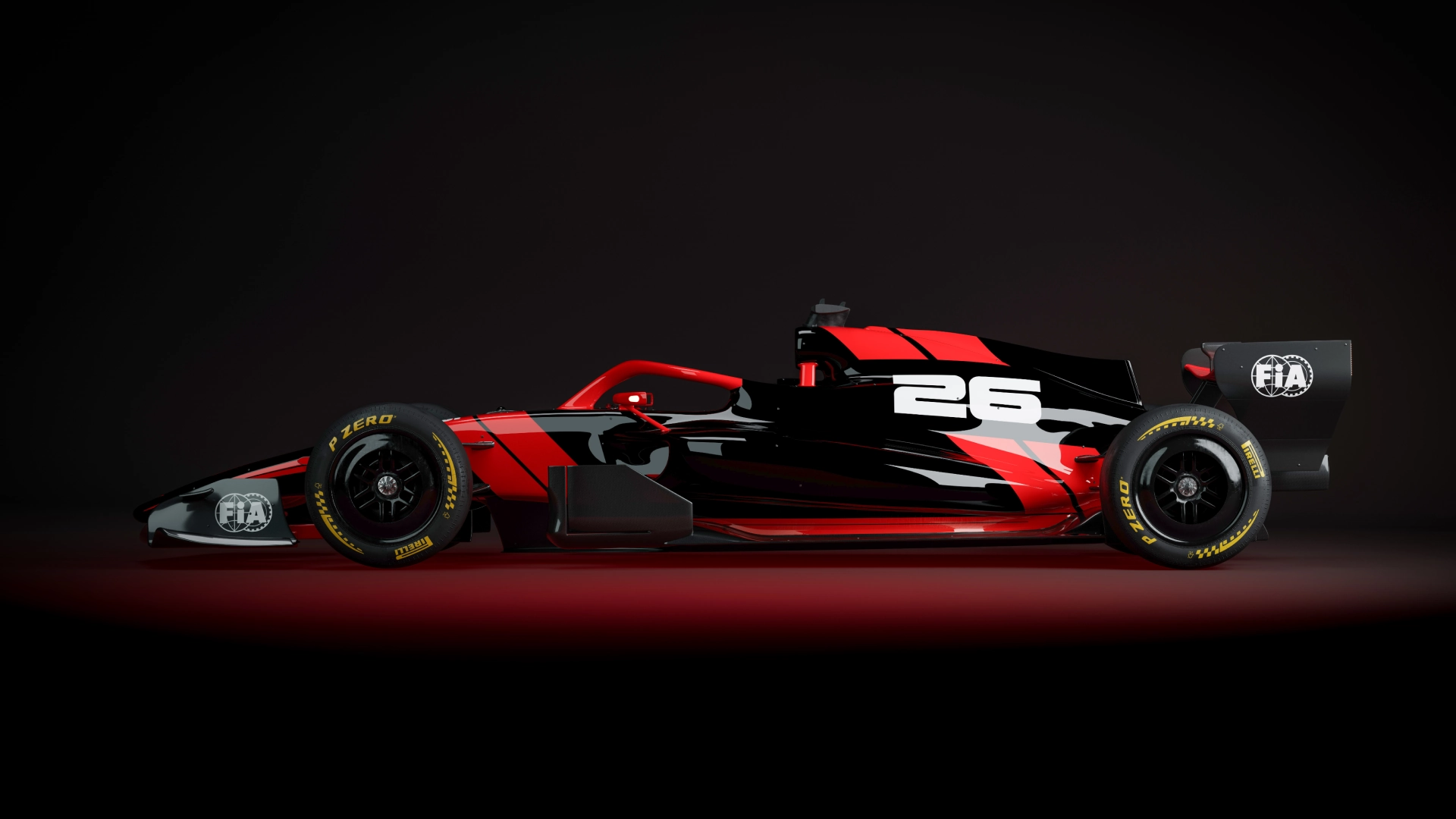
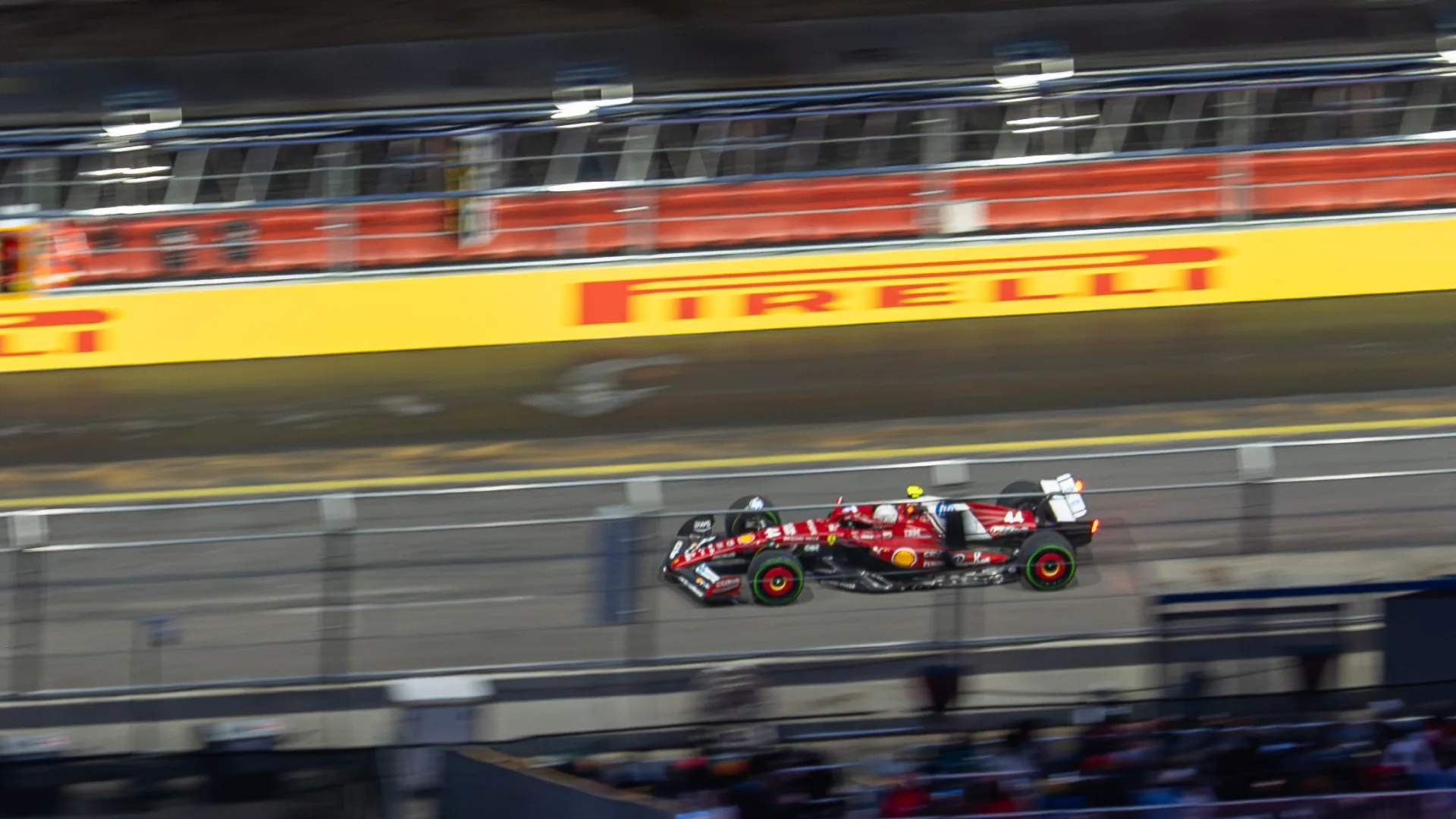

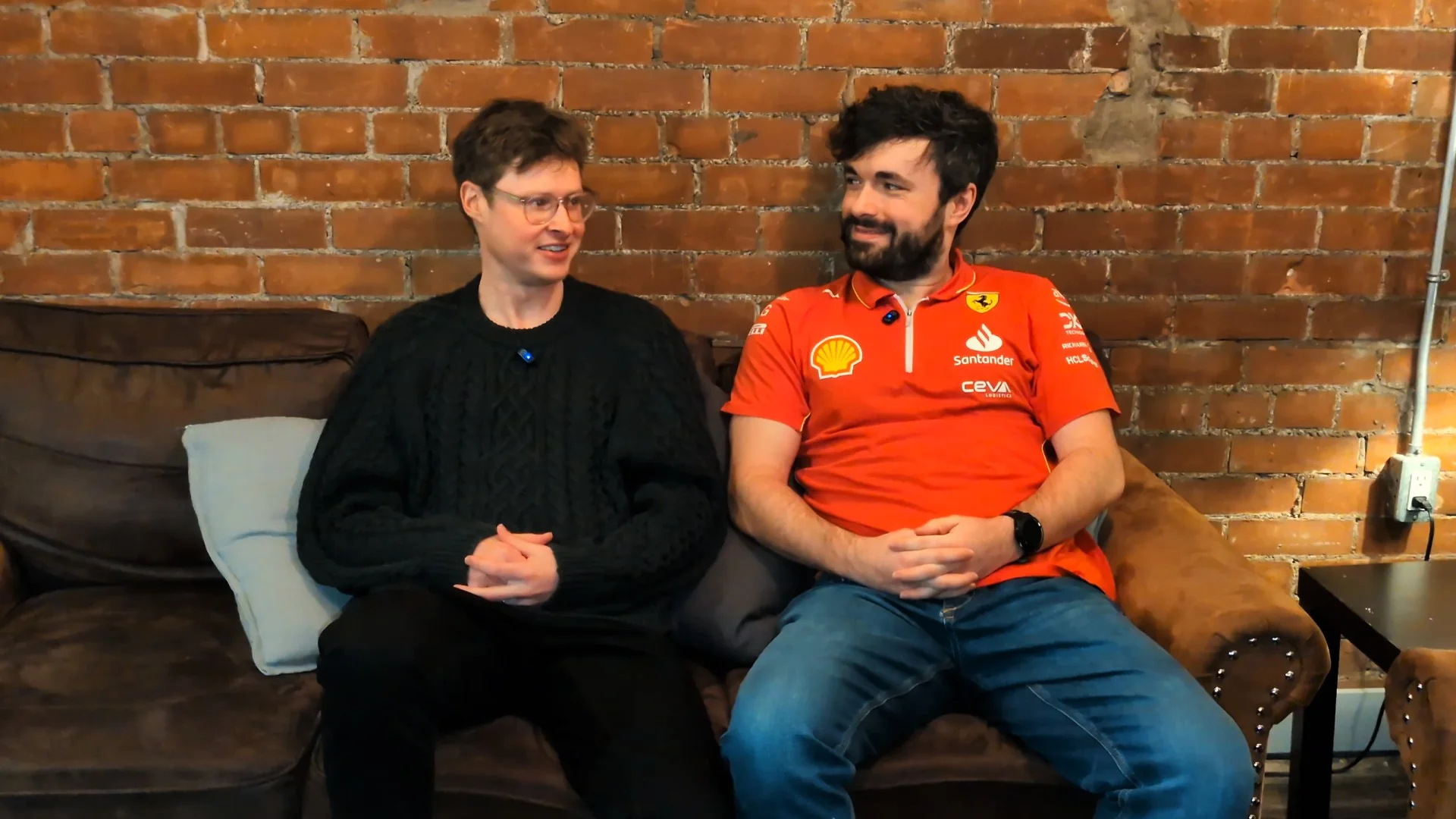
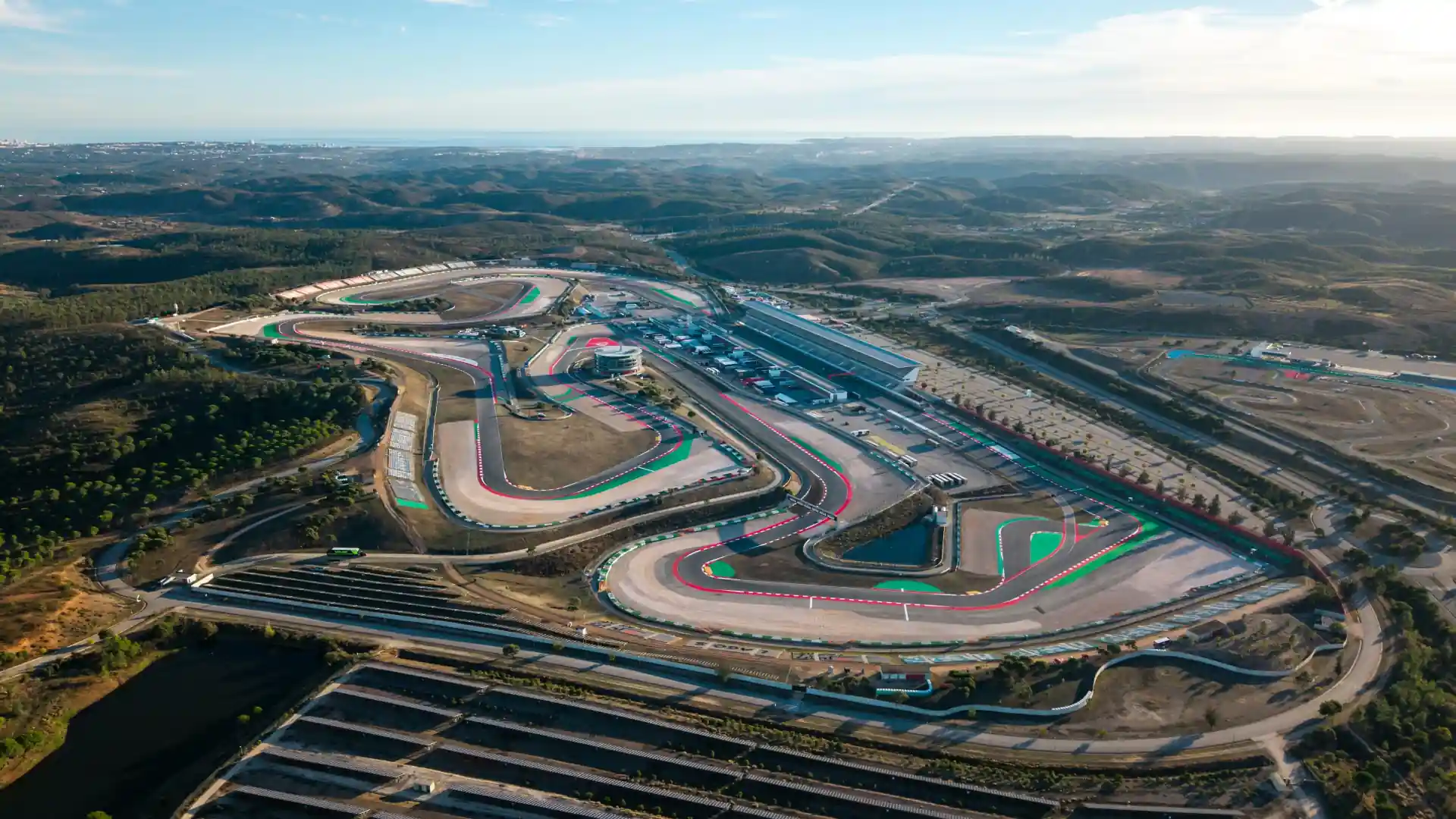
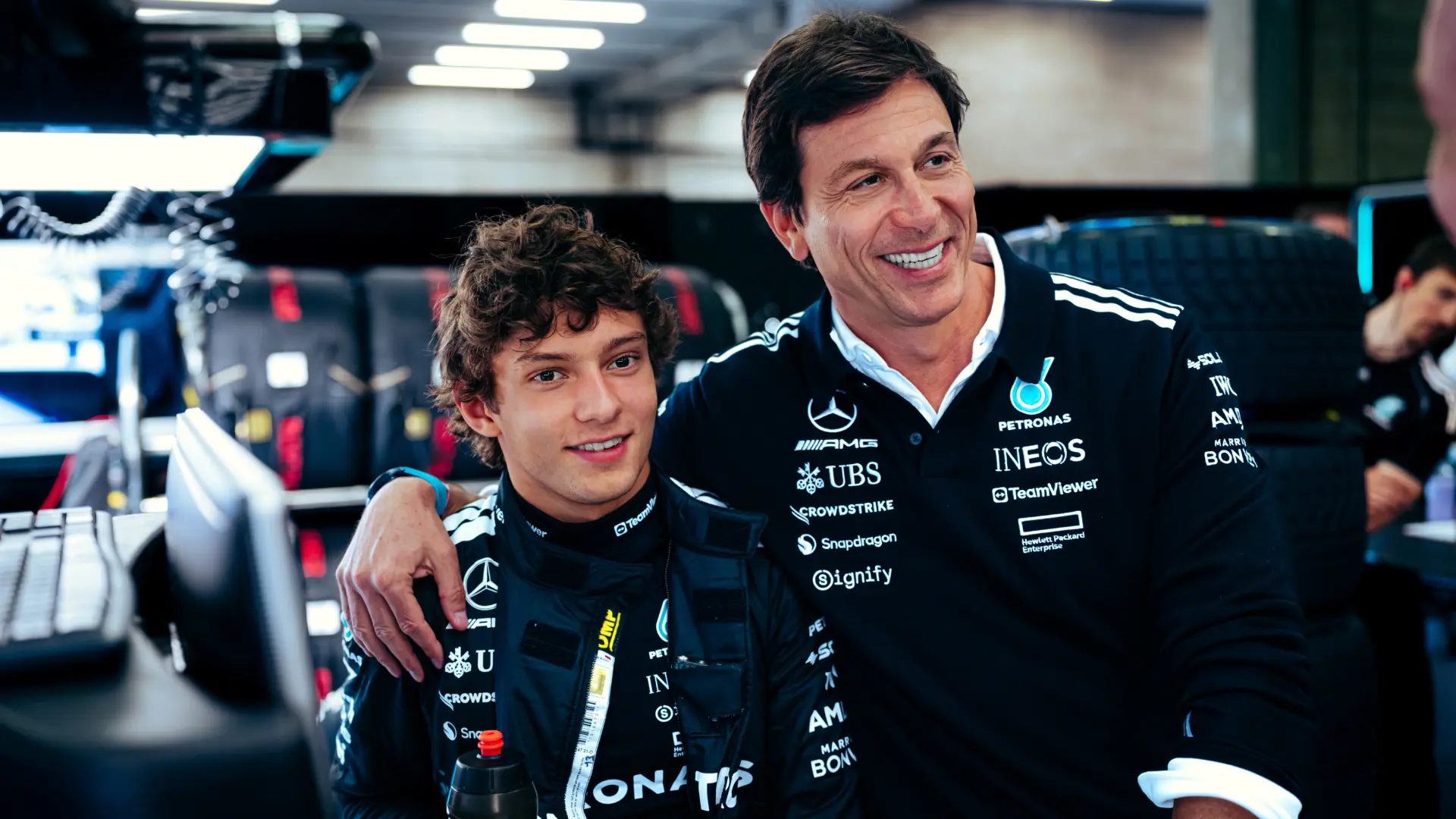

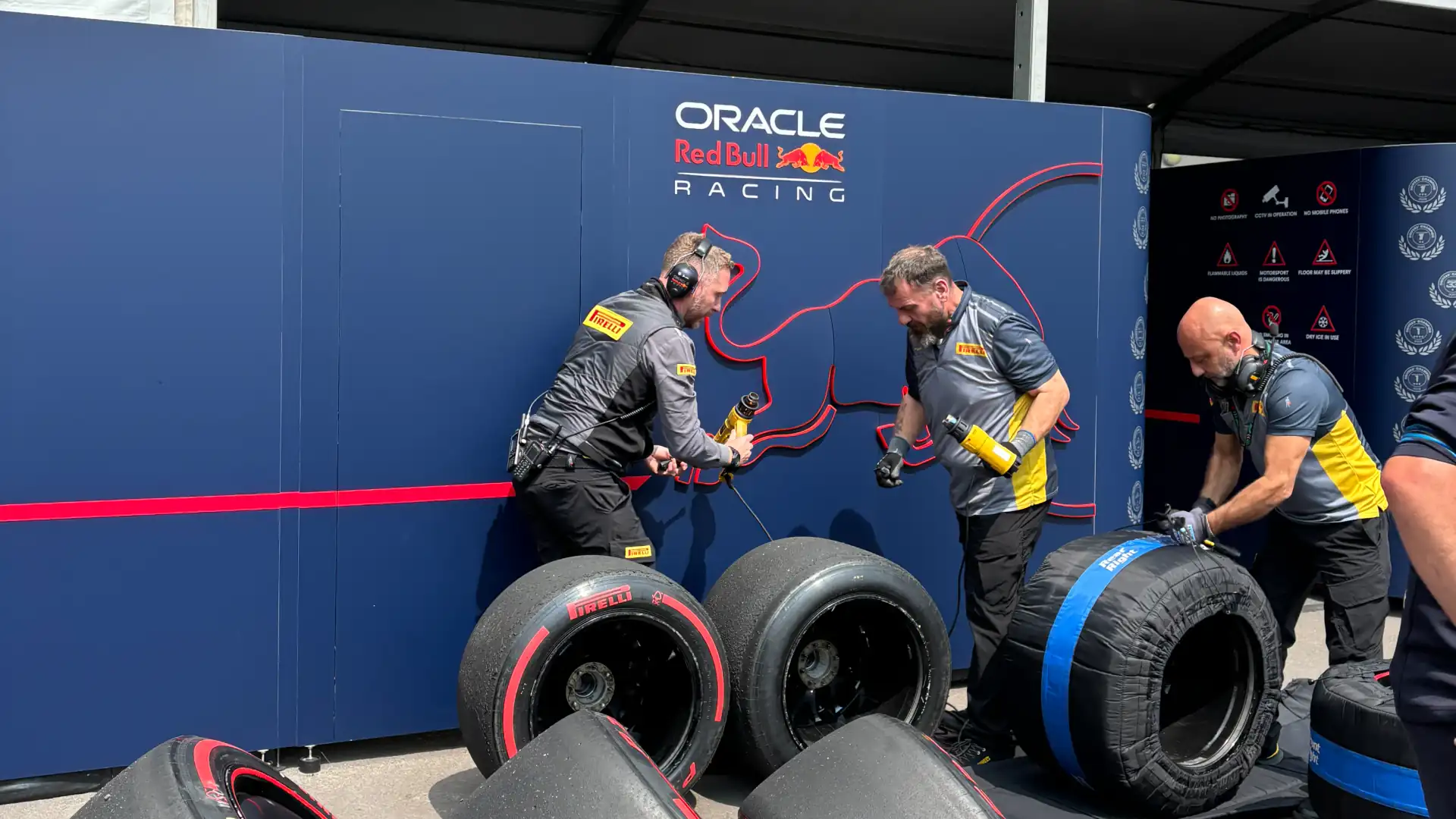
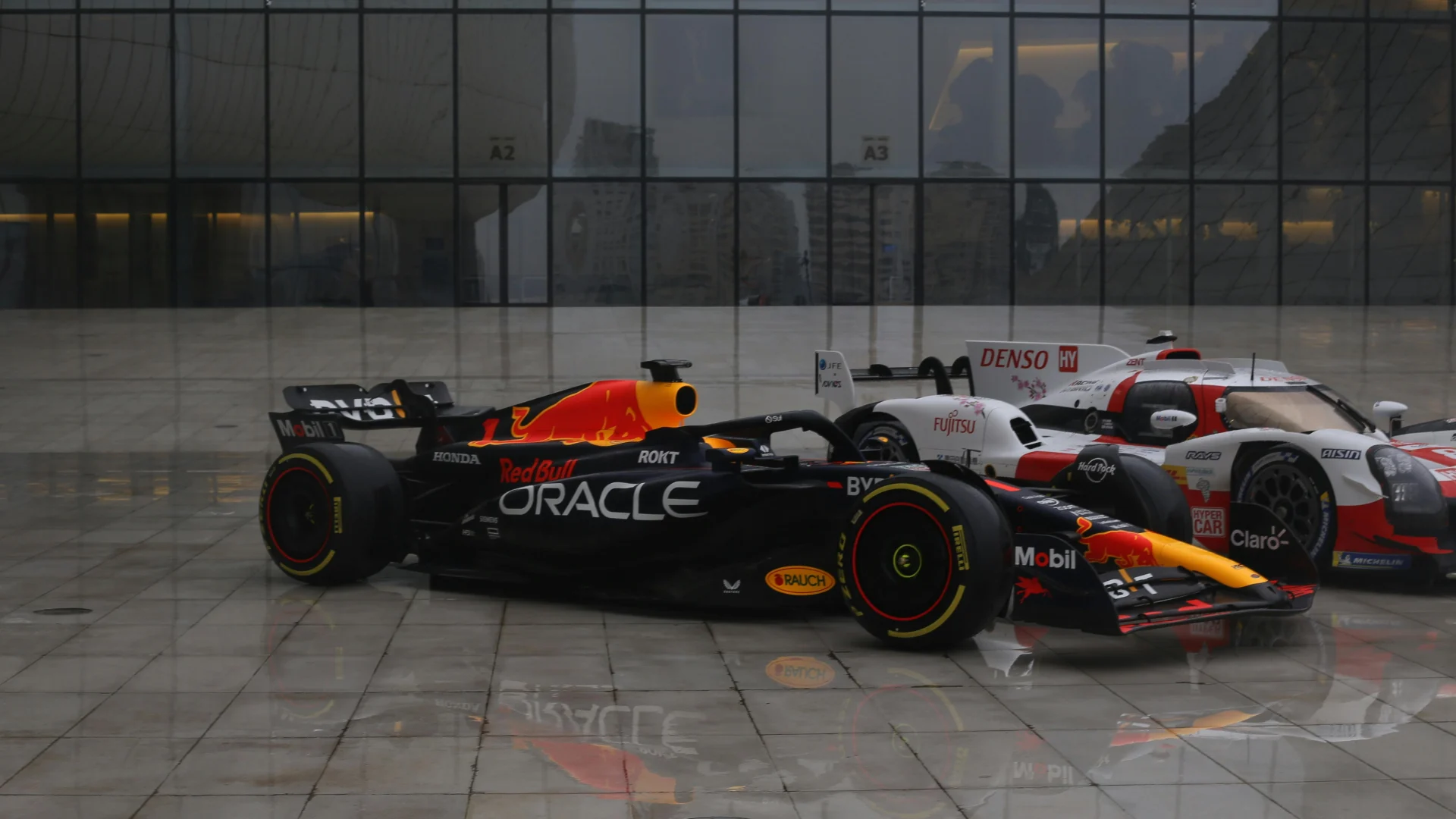

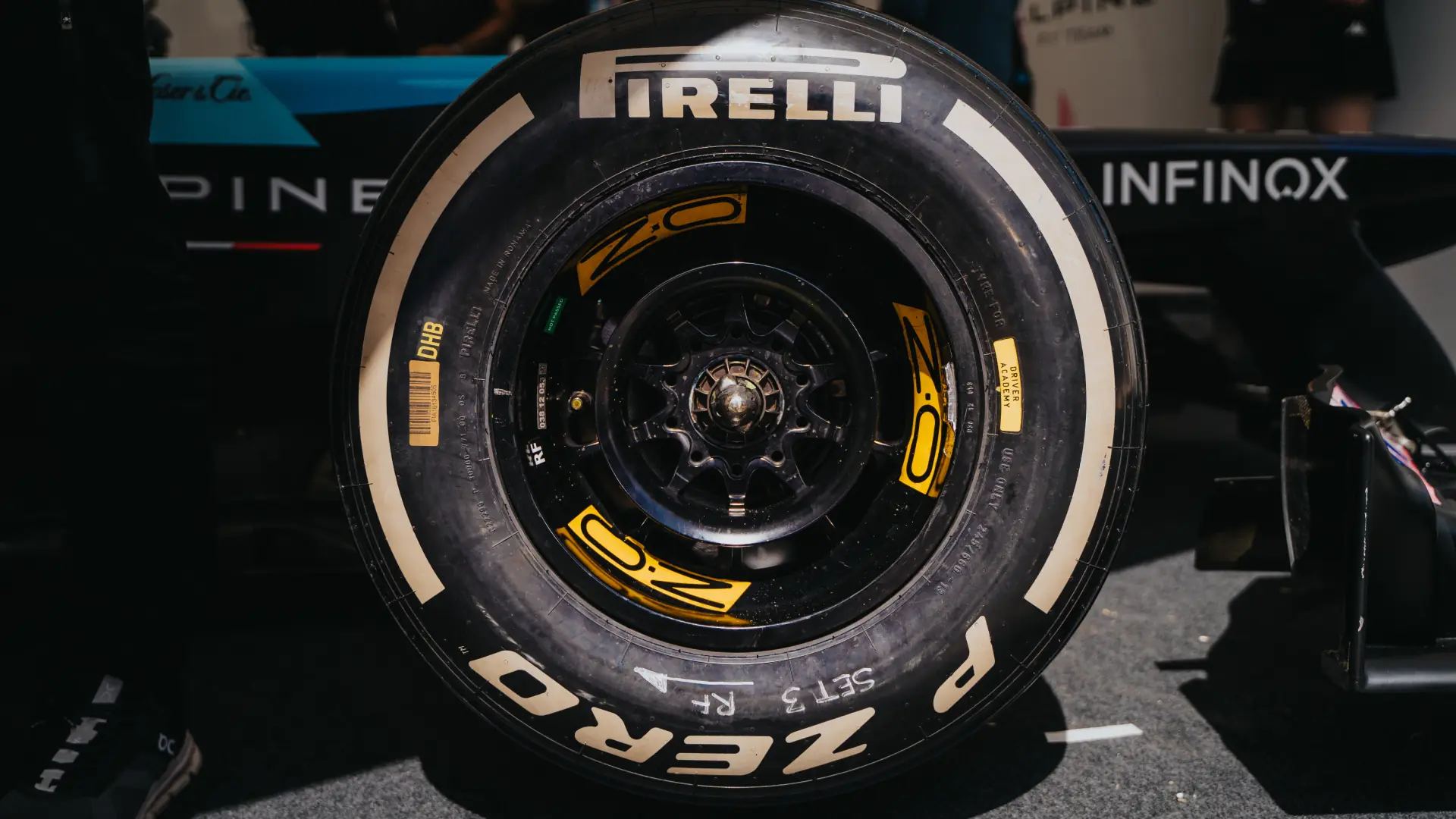
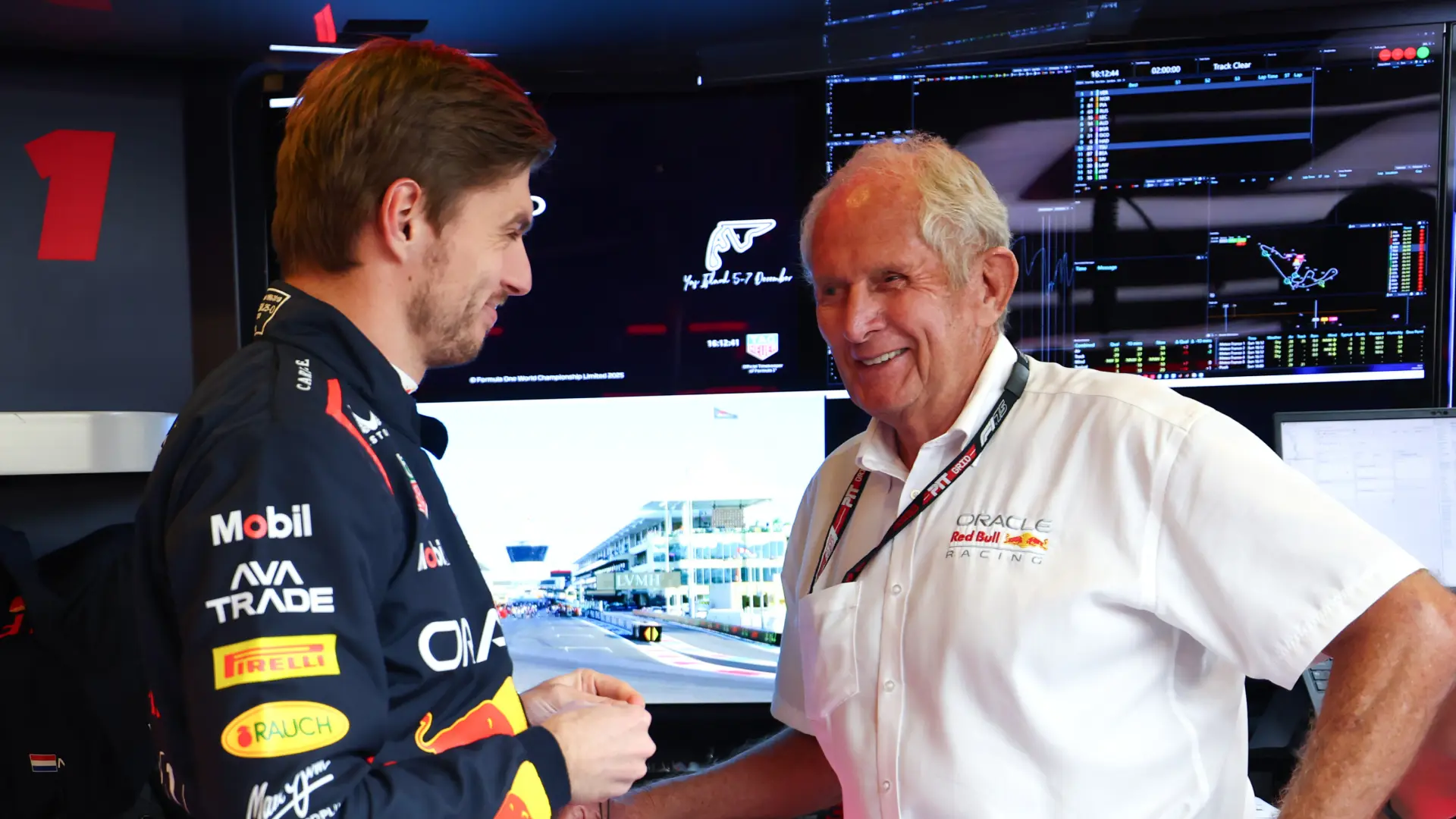

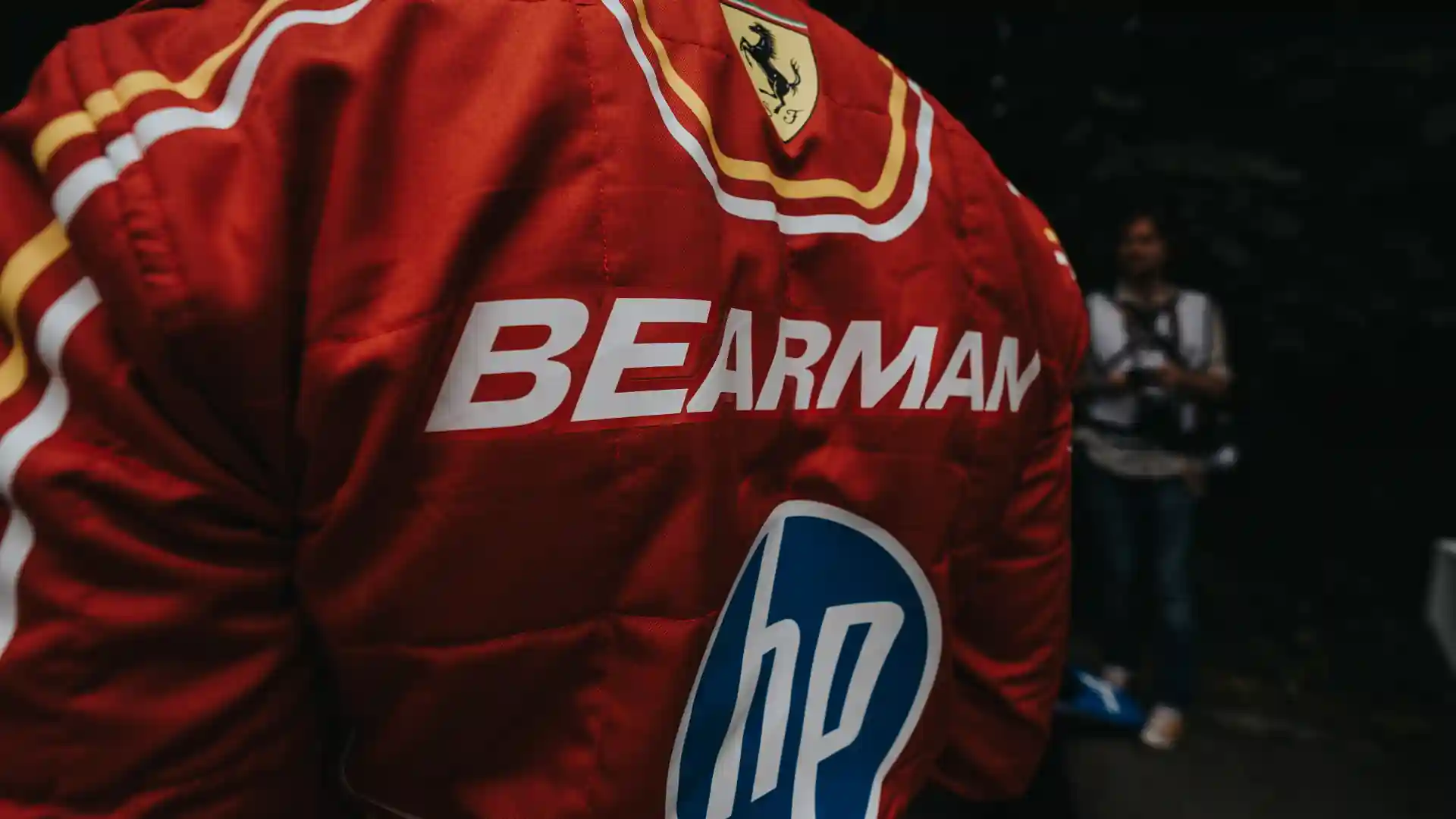
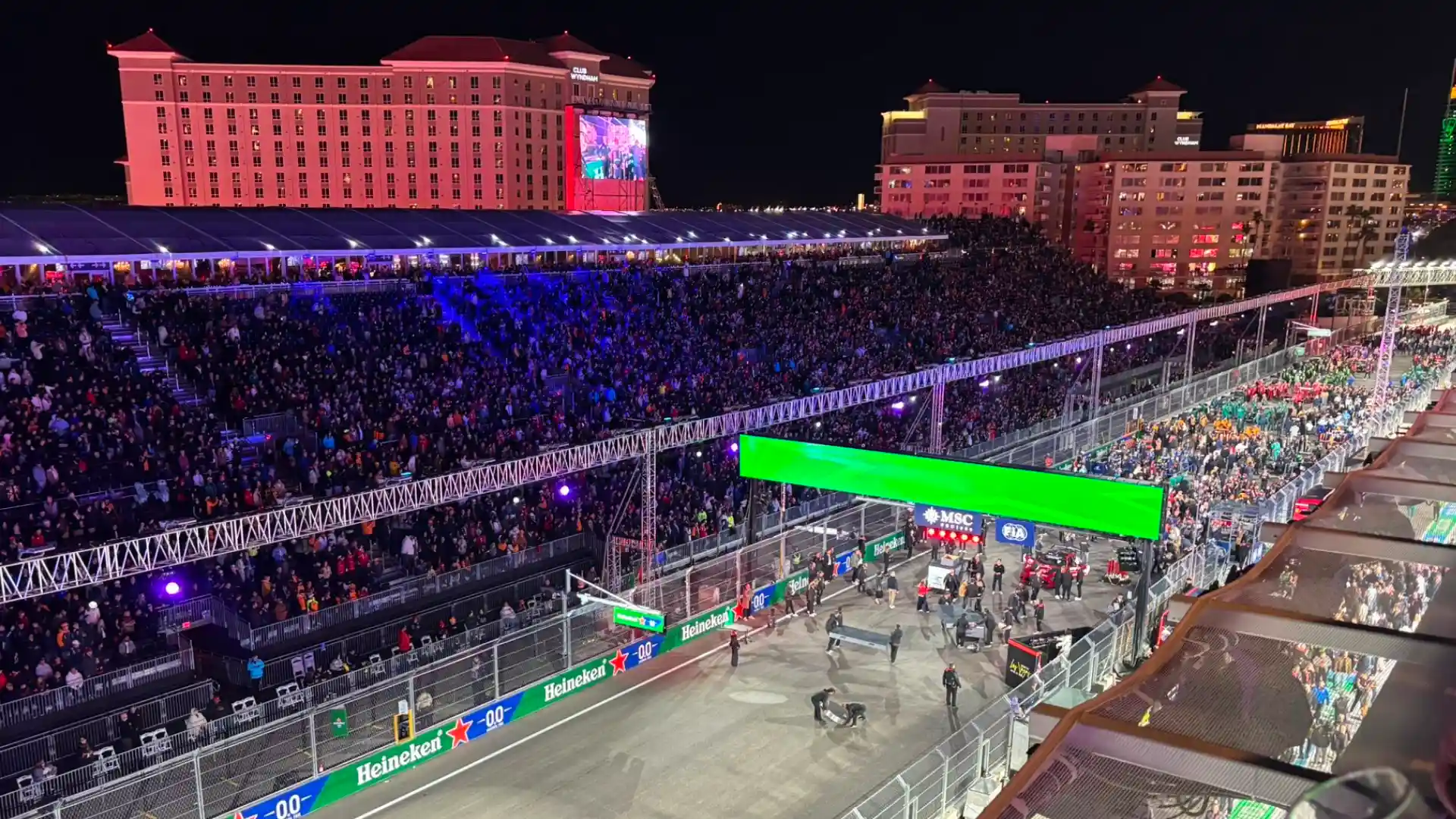
.webp)
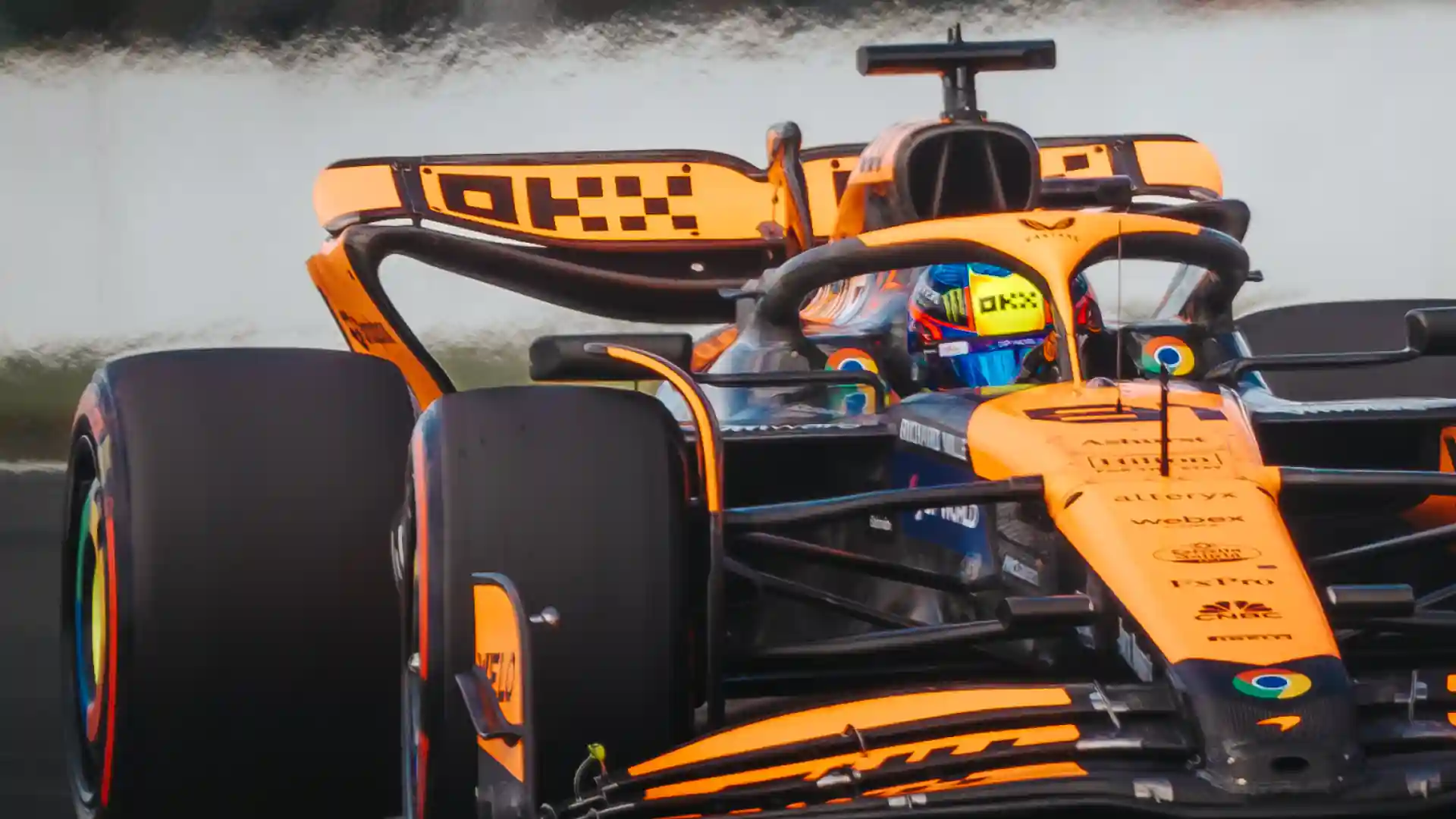

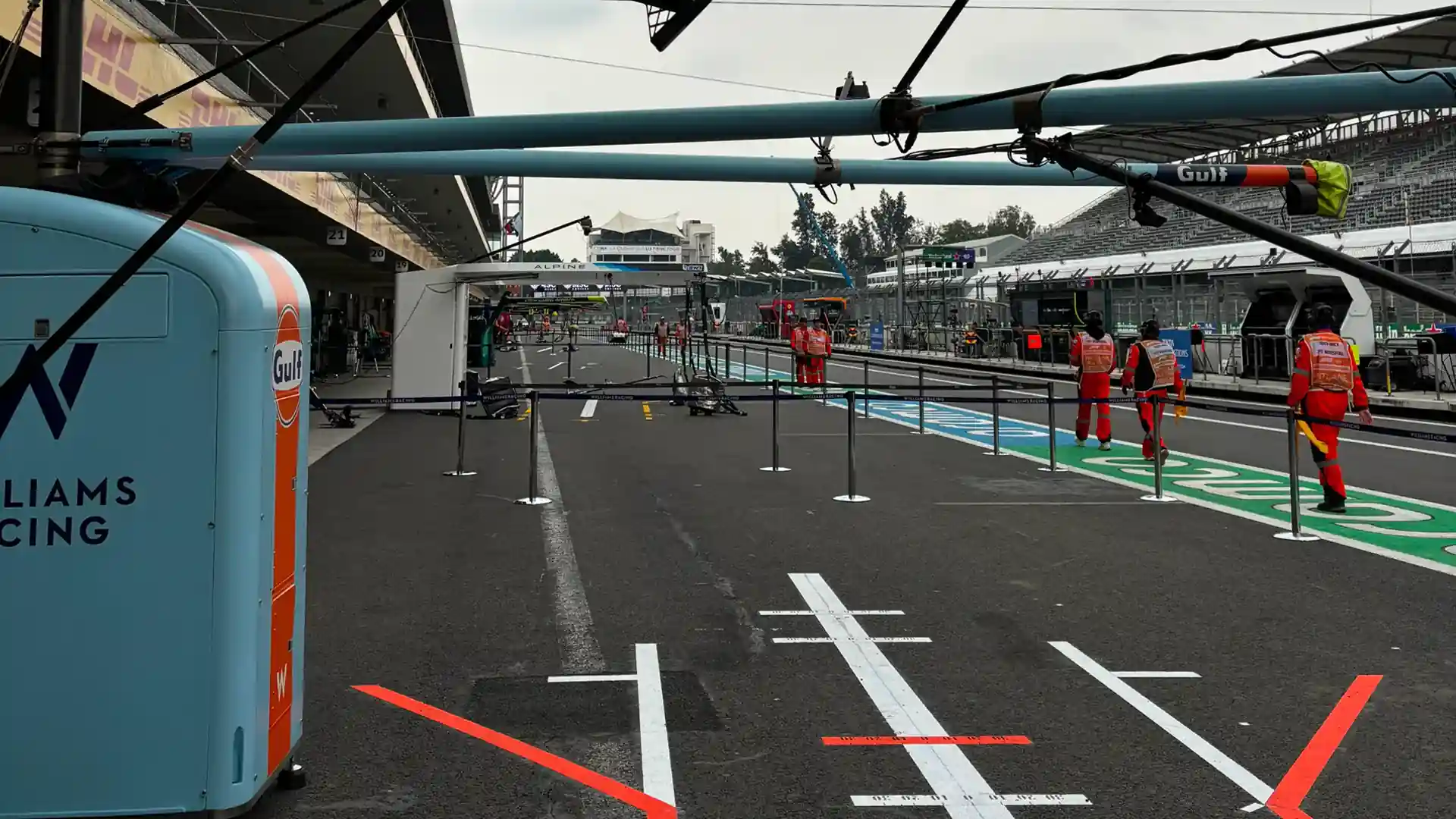
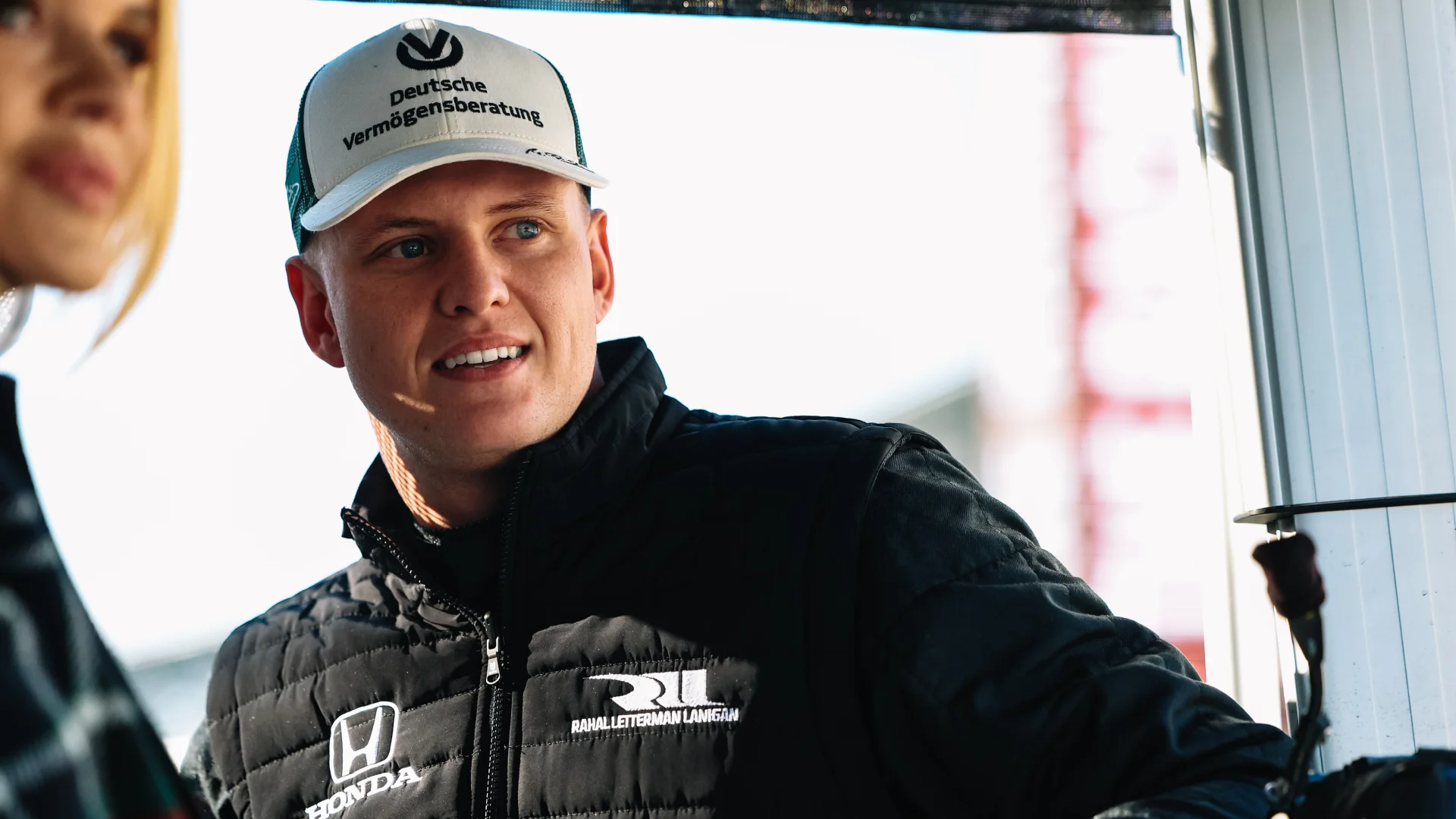
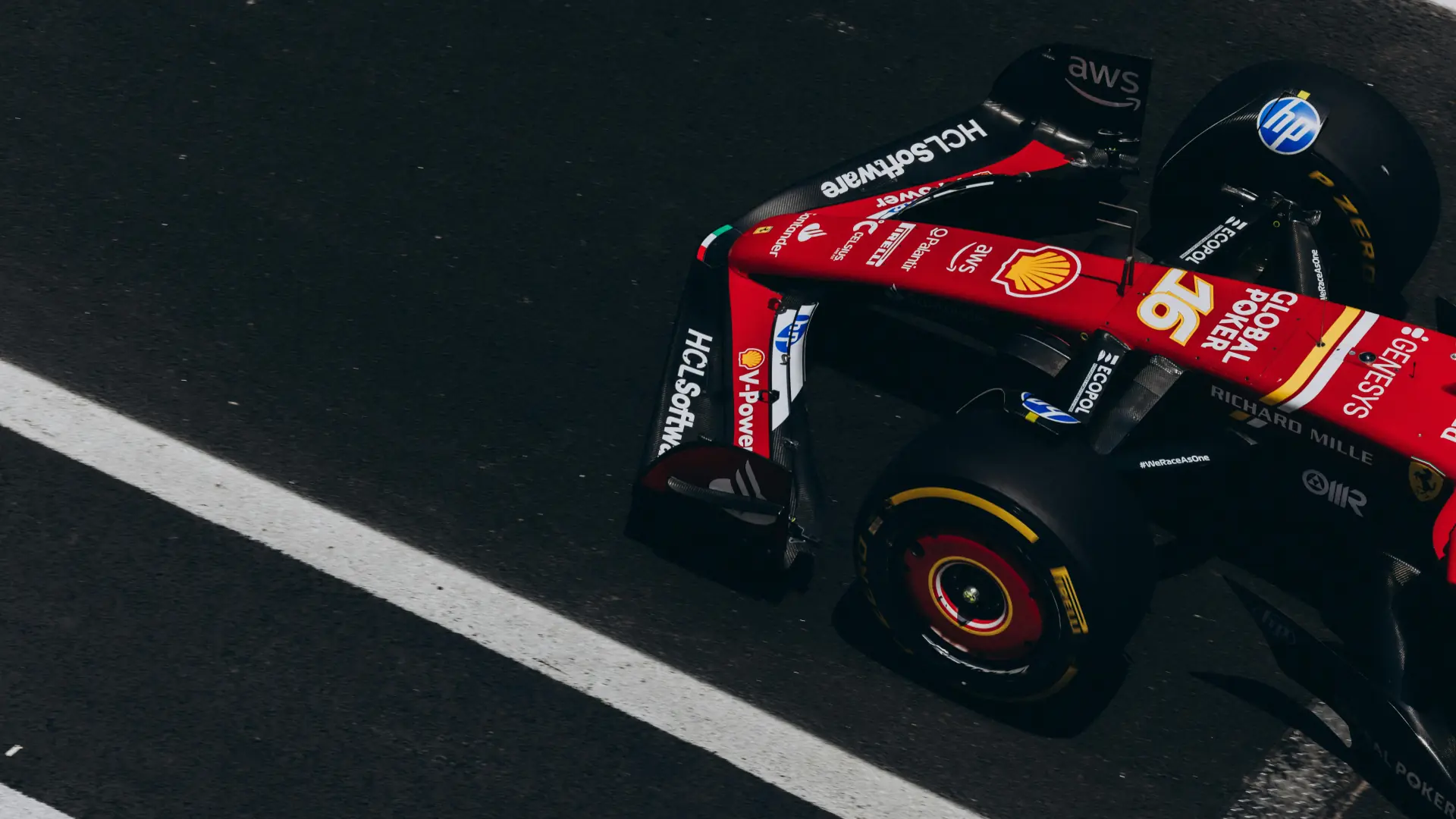



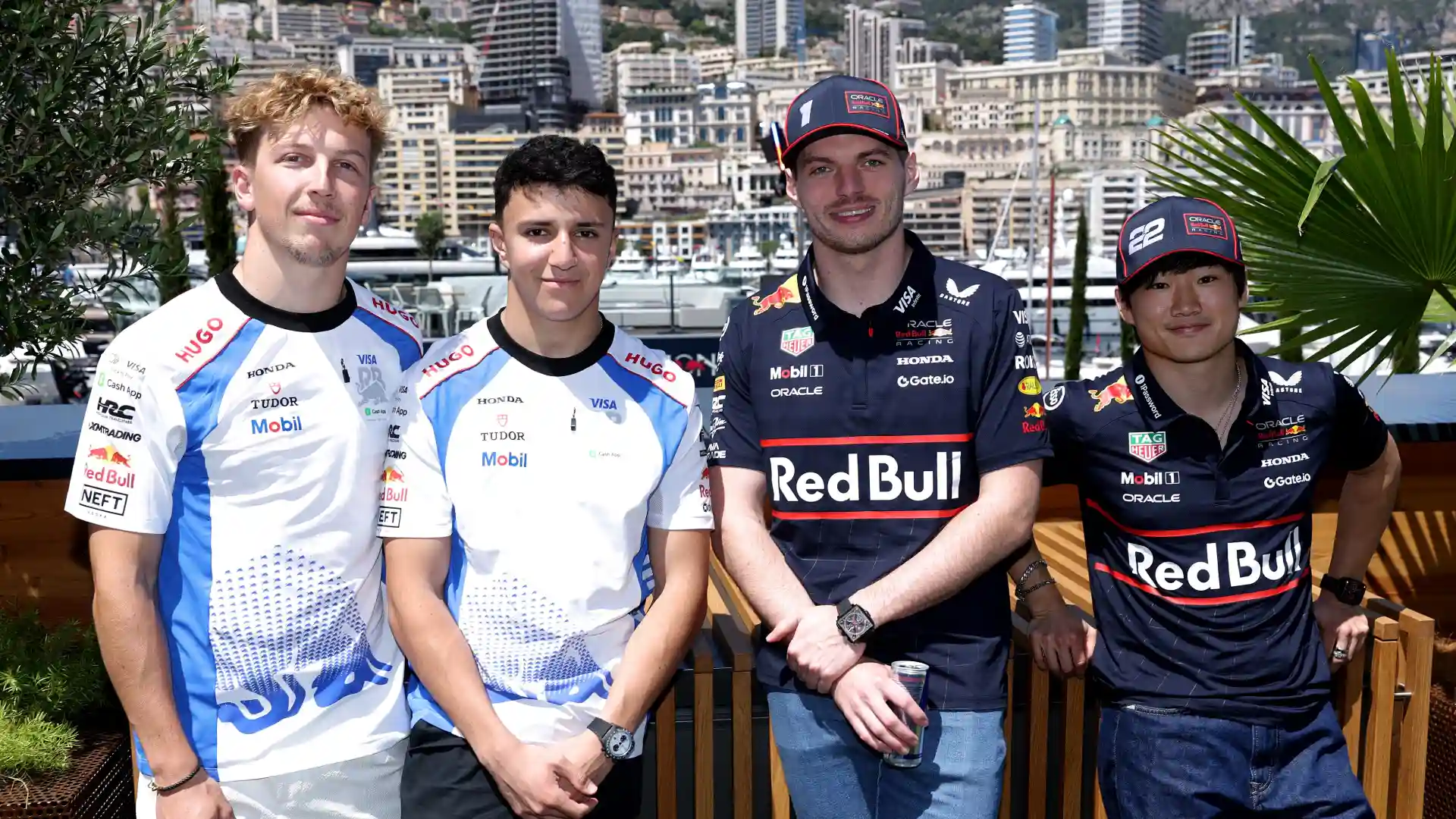
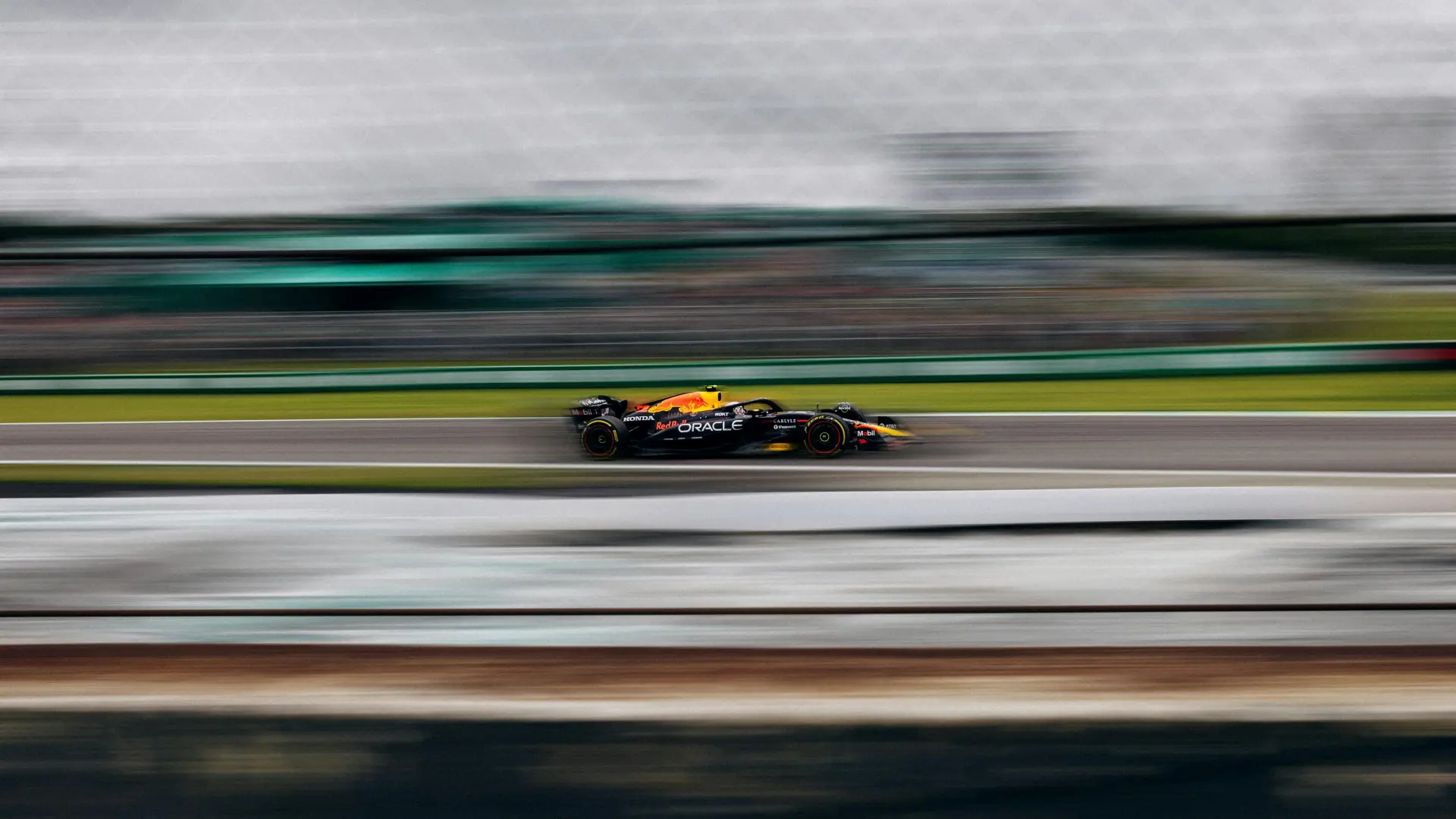
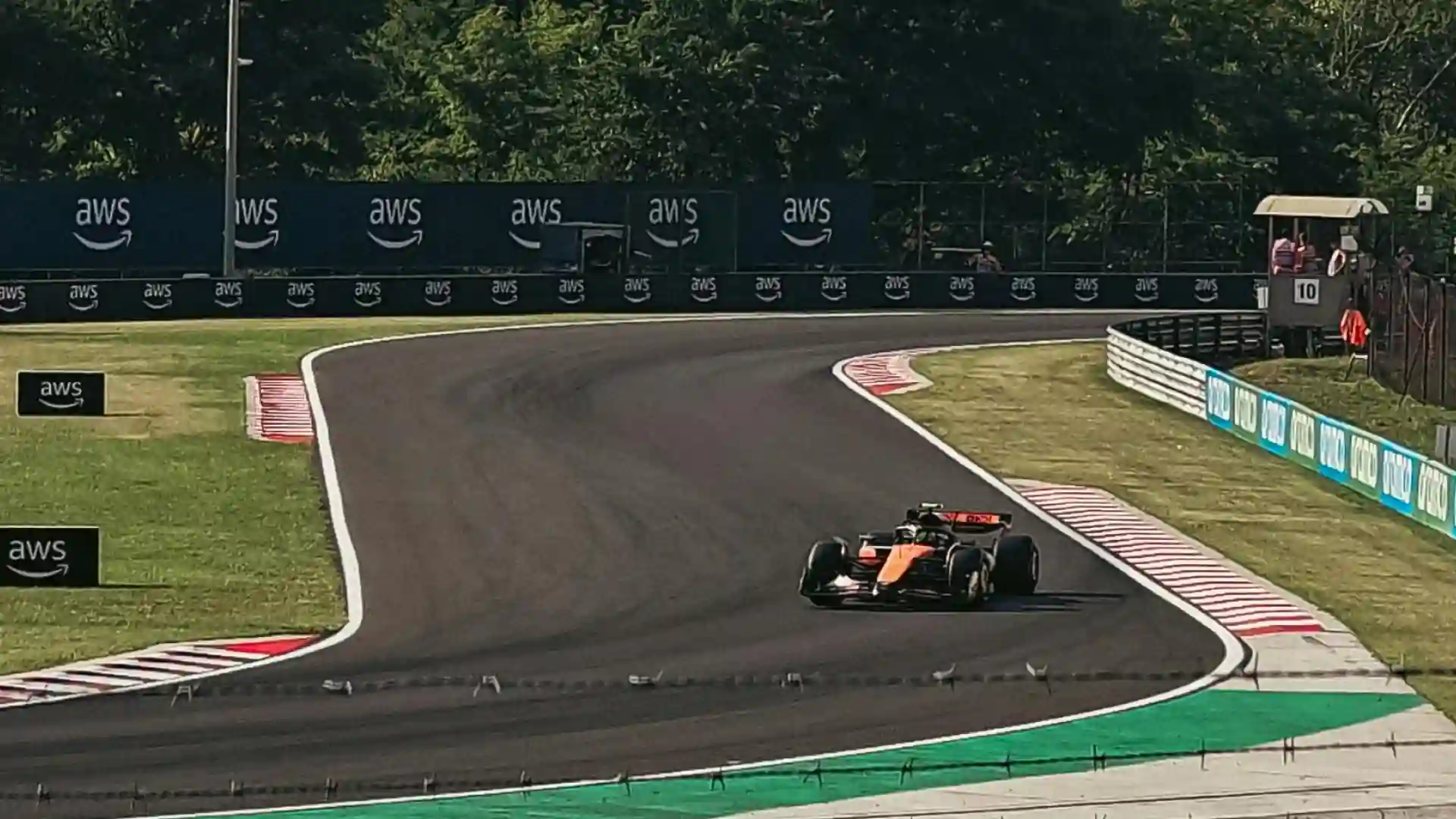

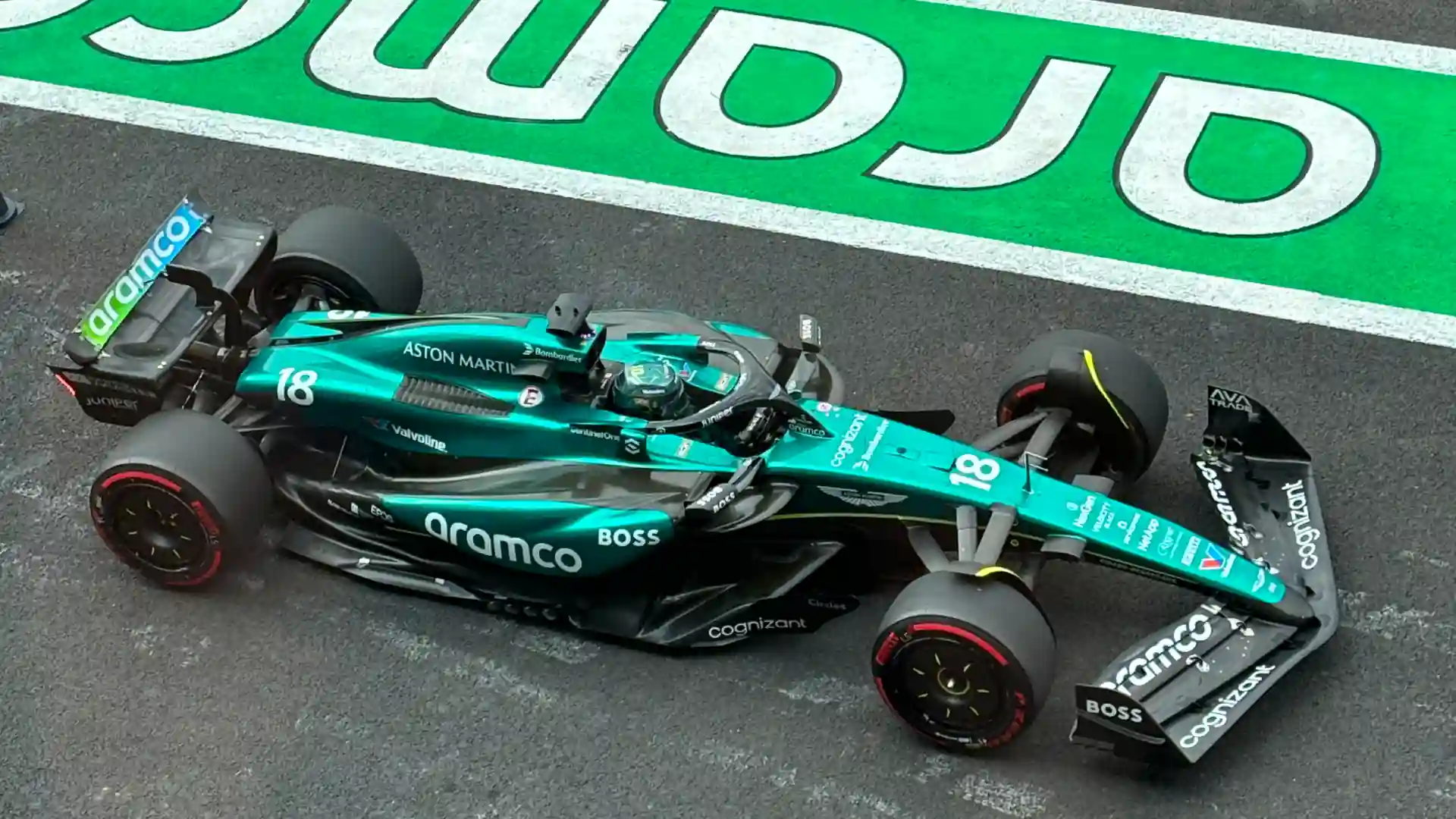
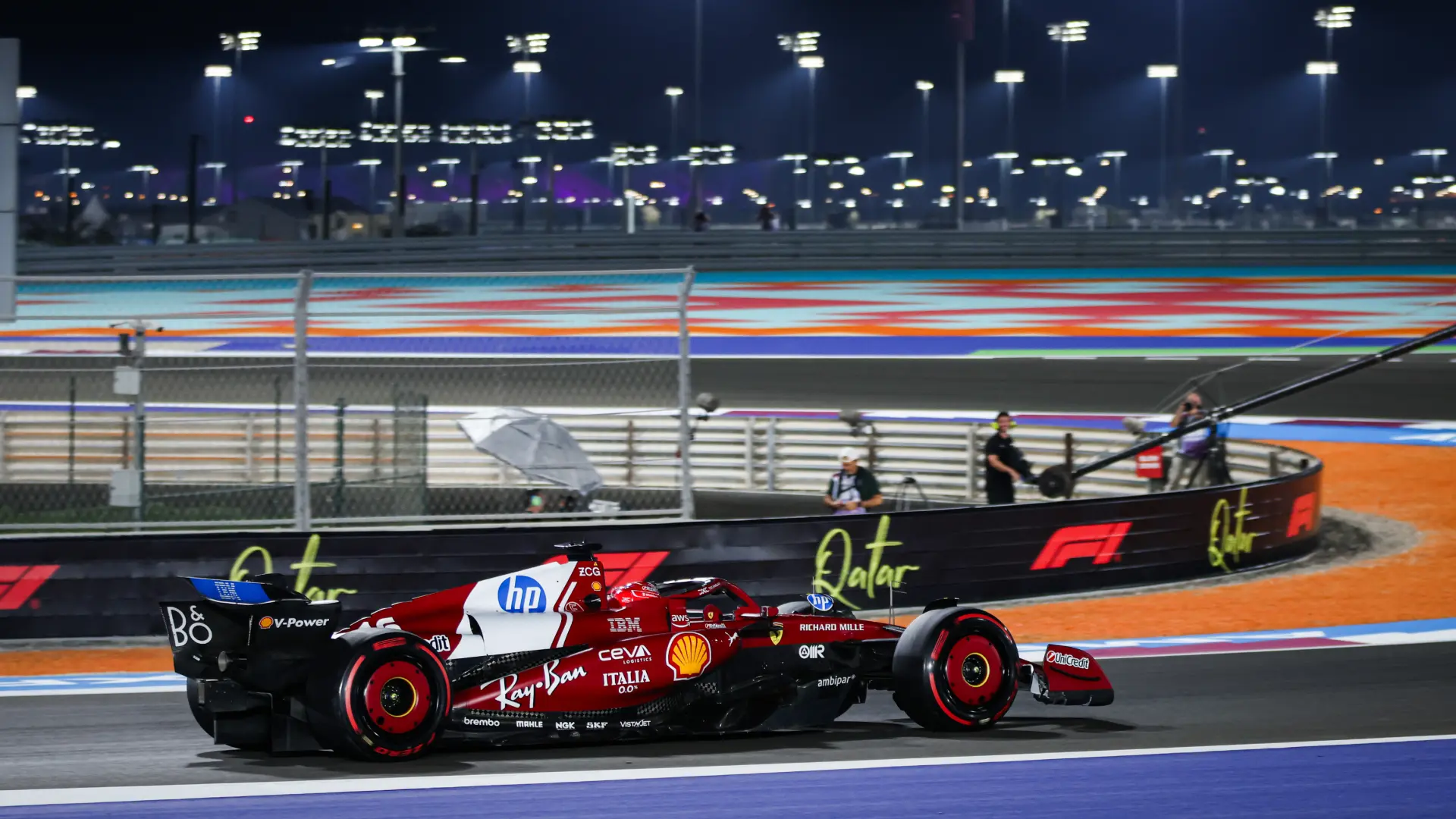

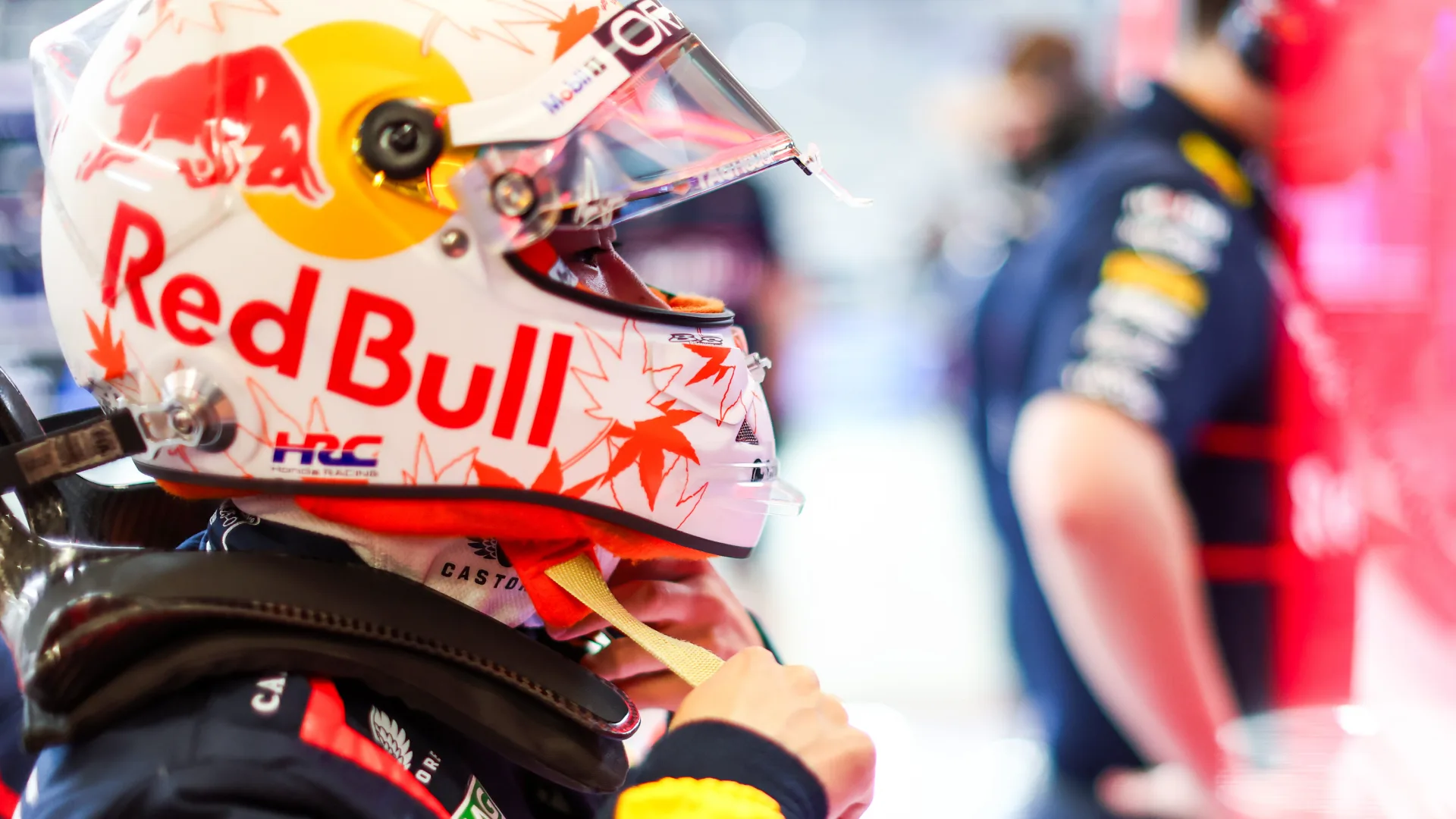

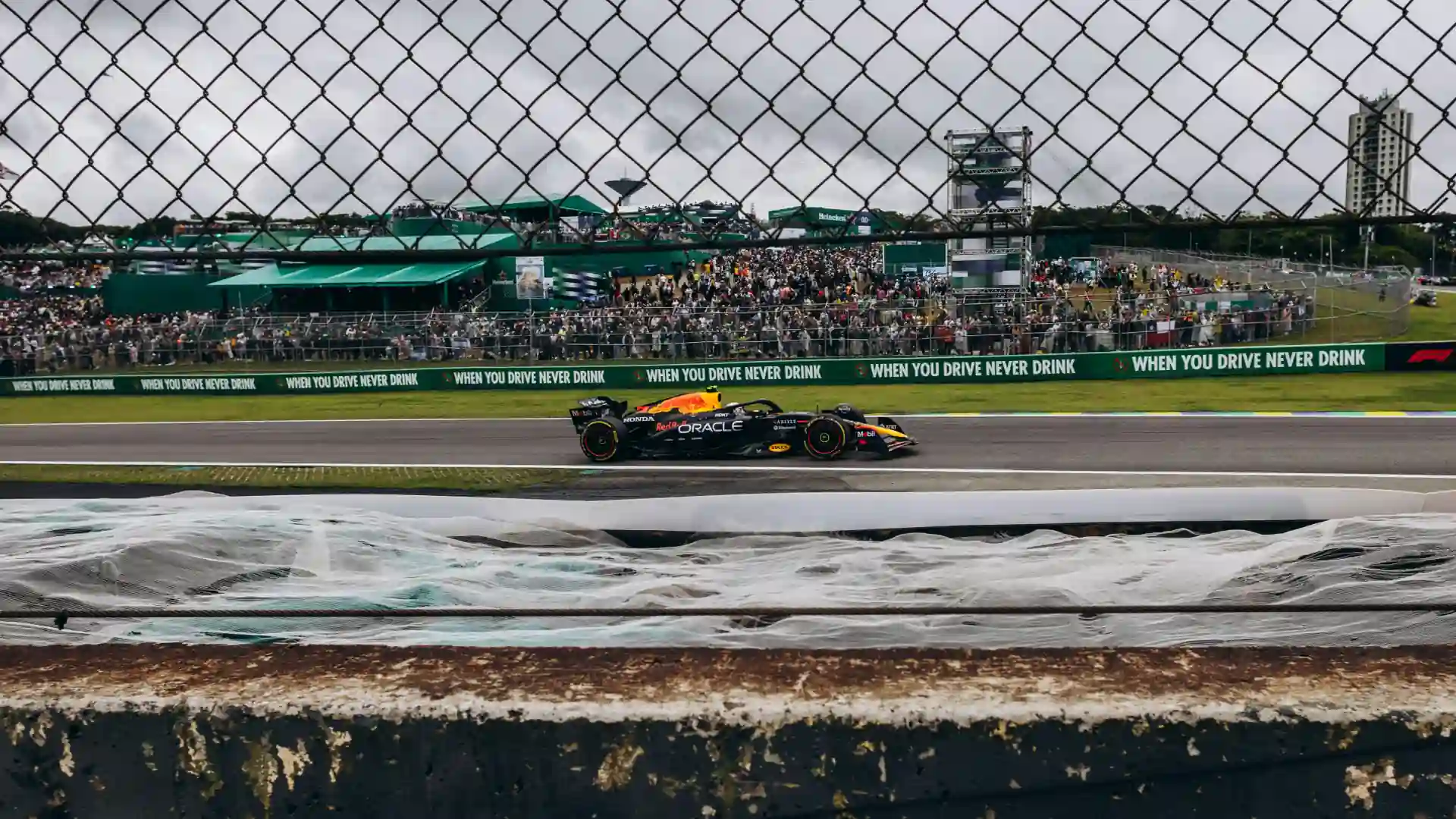

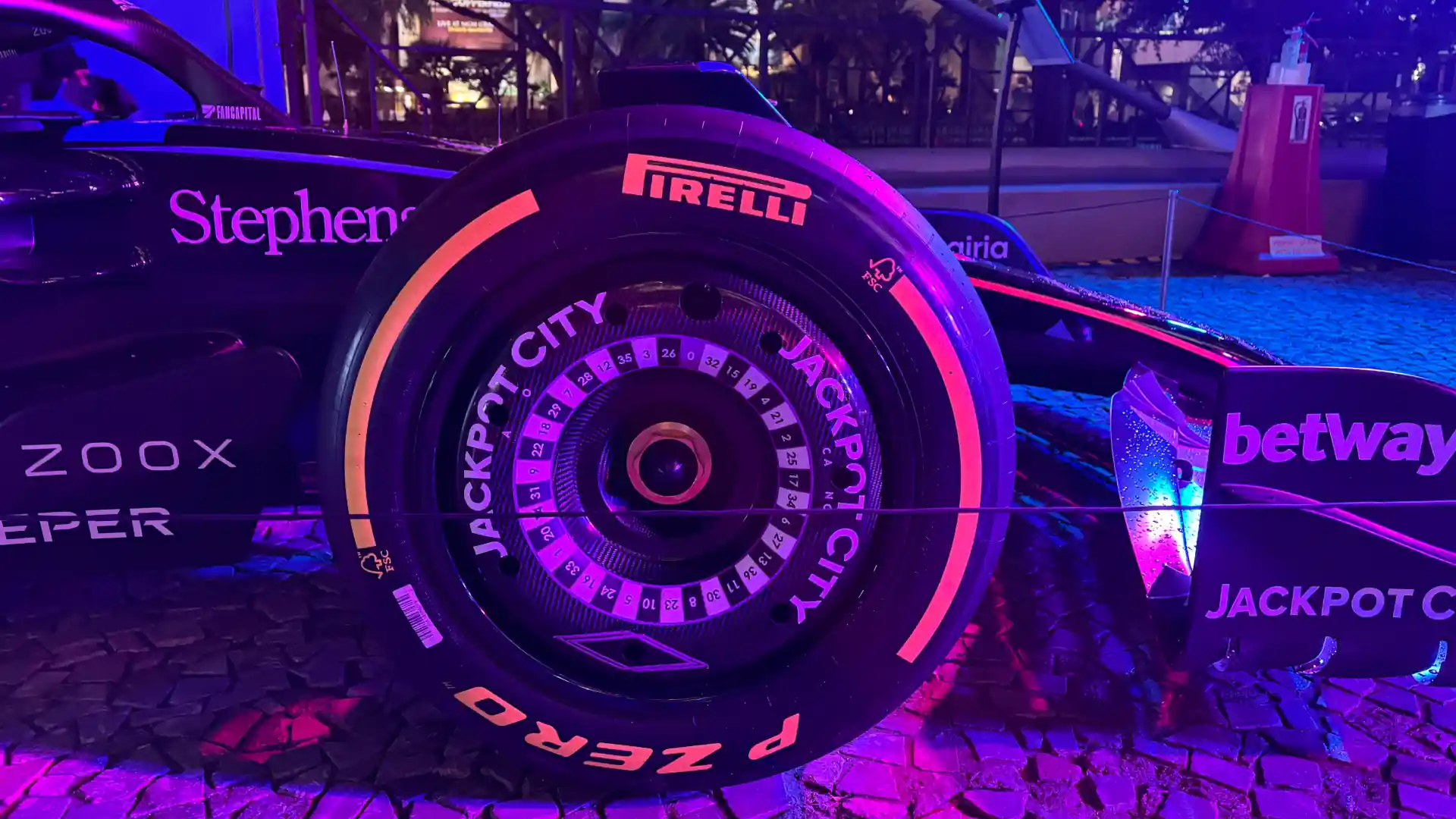
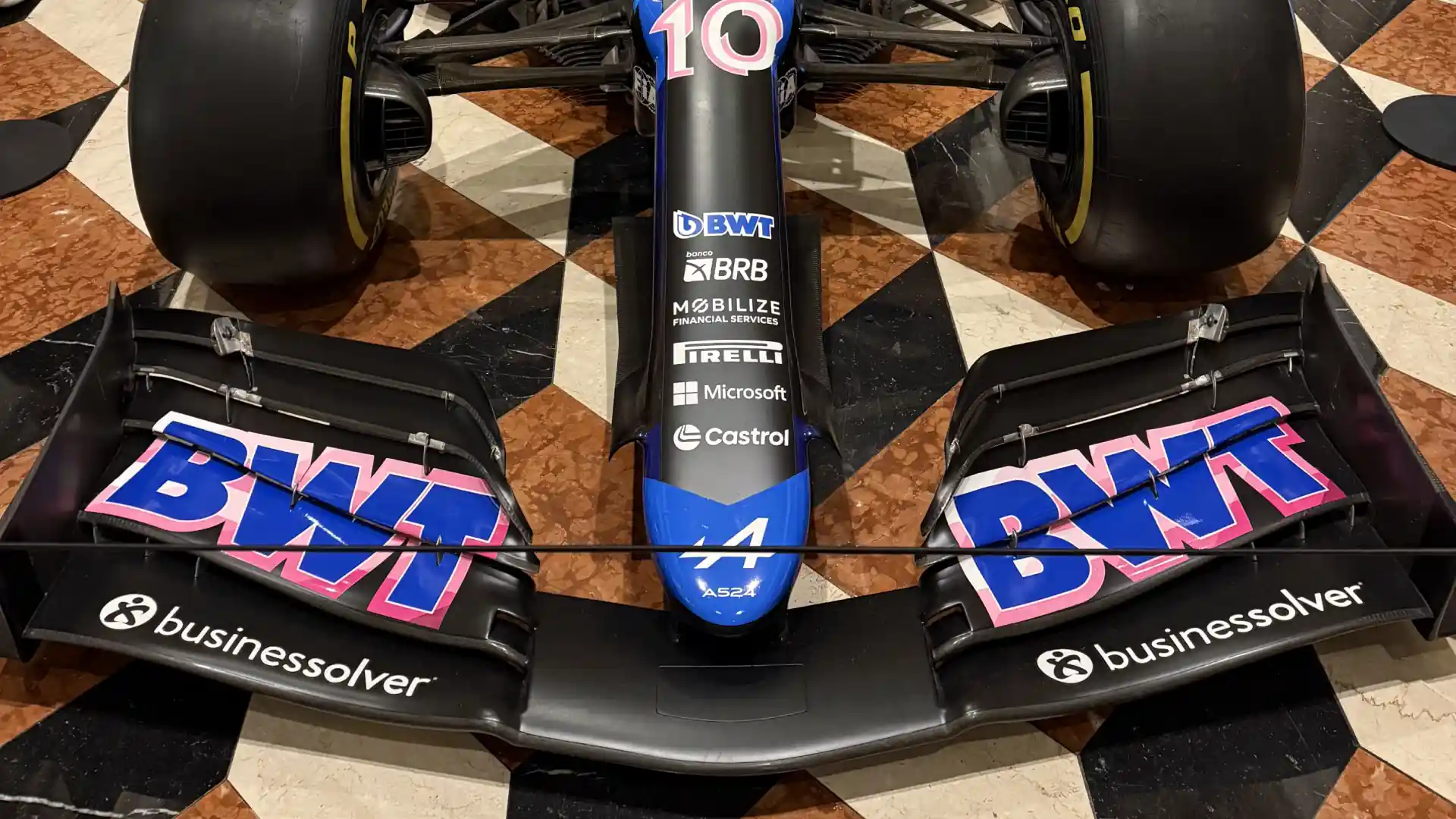

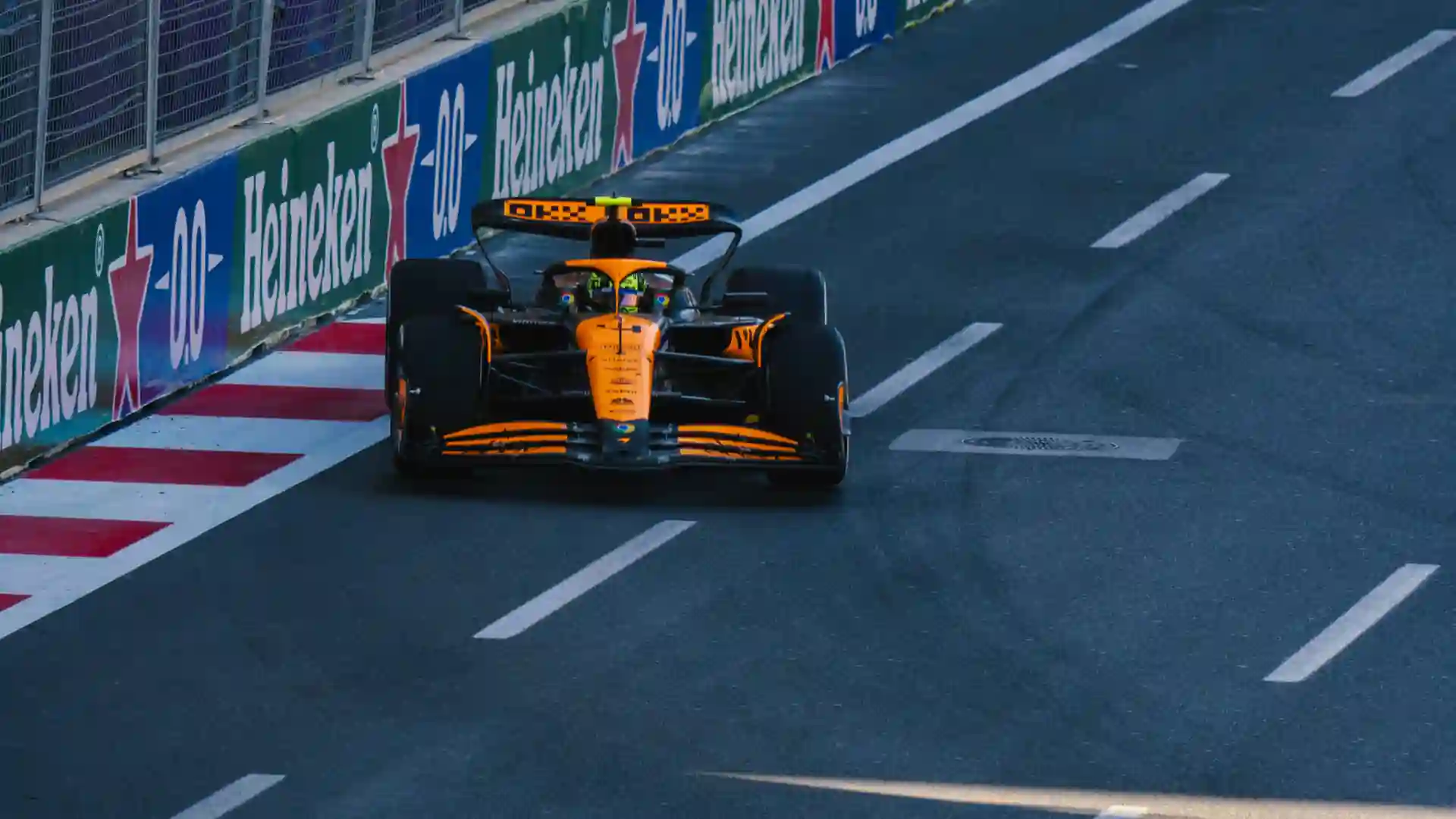


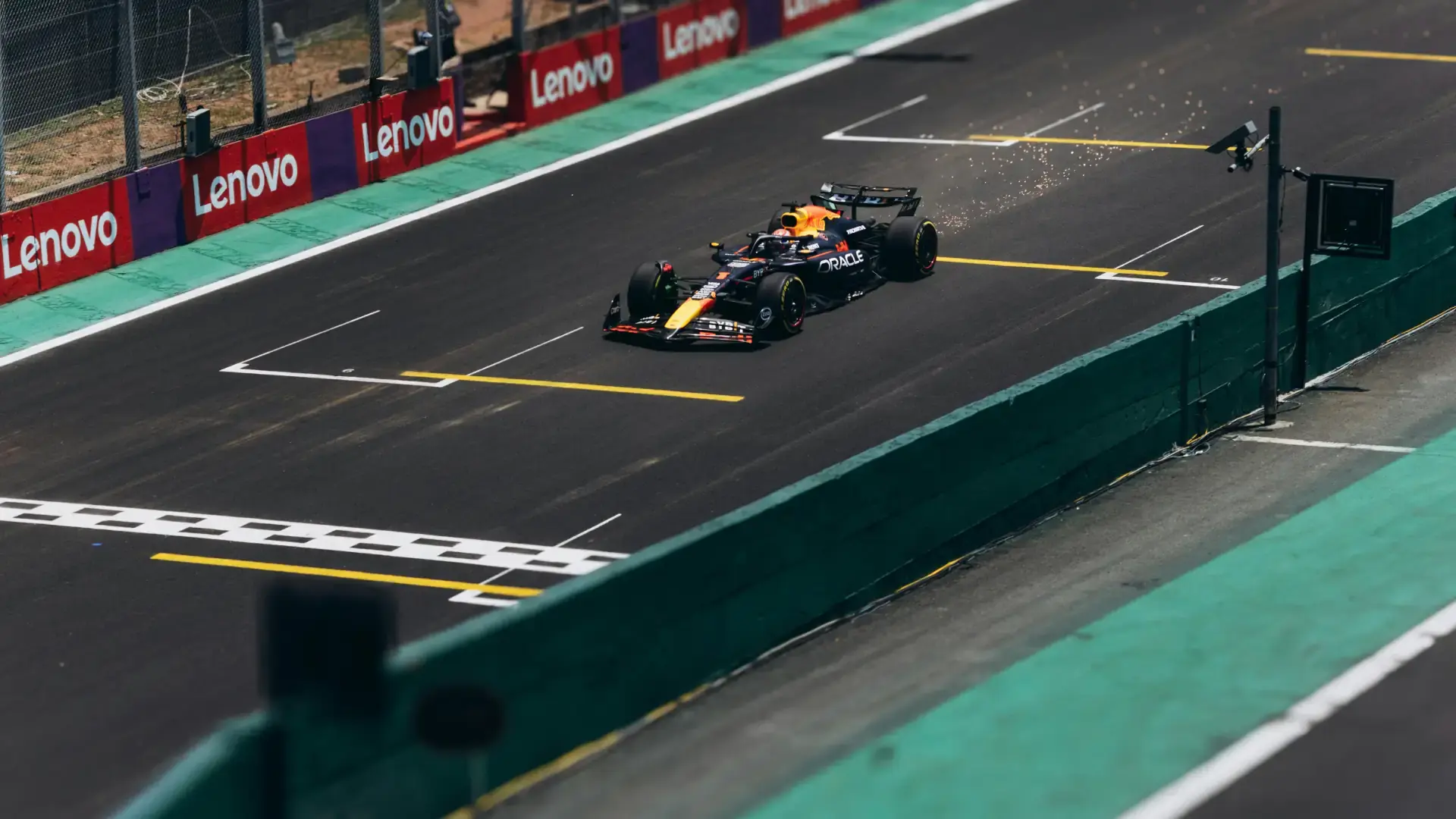



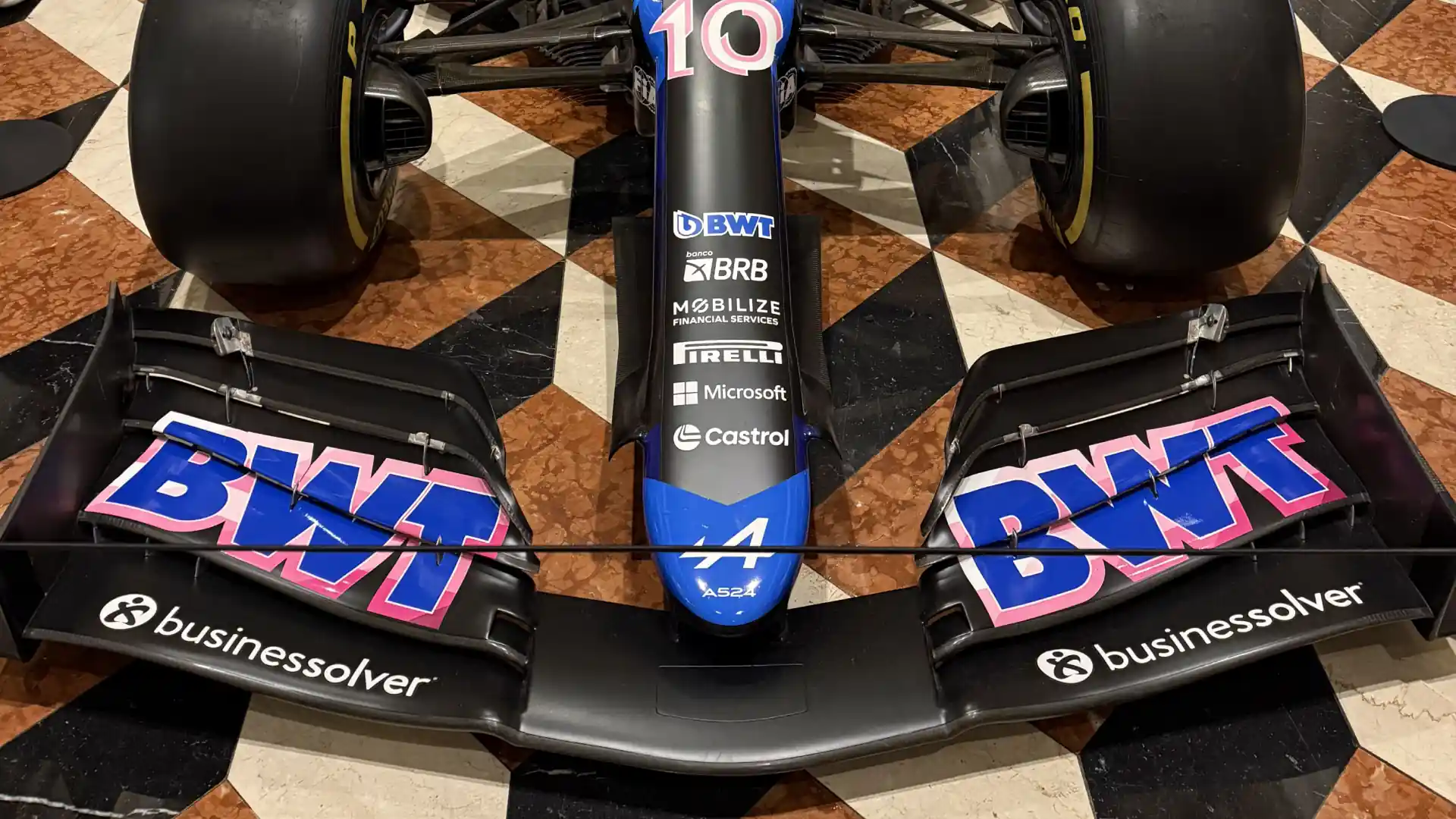

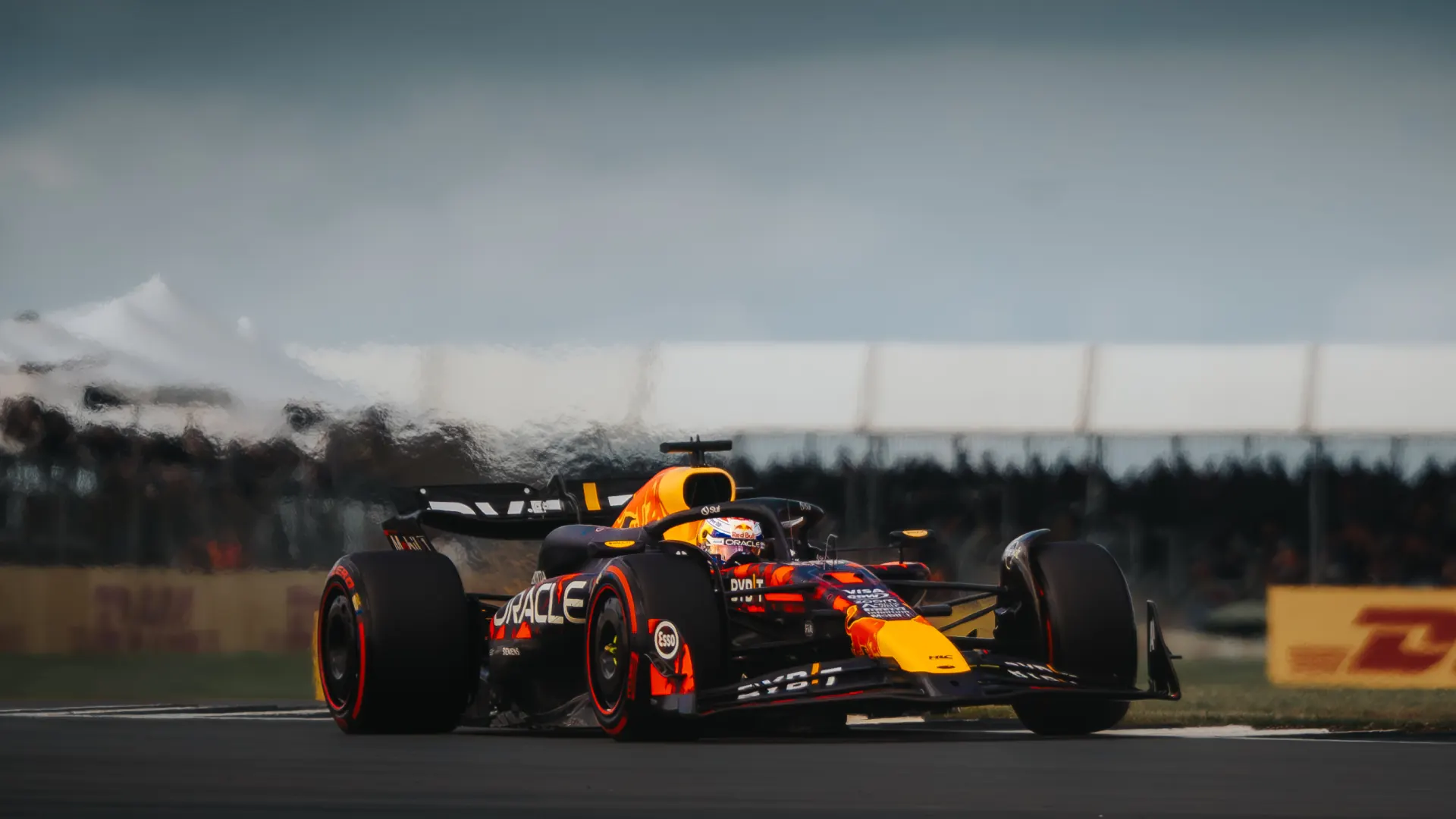
.webp)

